Video Menu
My Favorite Videos
My Favorite Videos
How to Get Your Hips Open at Impact - Pt 2
Sorry, you need to be a member to access this video.
You Are Just Seconds Away - Become a member here!
Already a member? Log in now
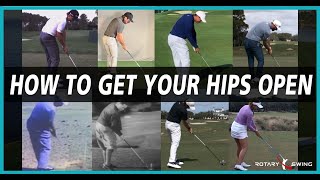
Struggle to get your hips open at impact? This video shows you how to get your hips rotated wide open stress free while being easy on your back.
In the last video, I talked about how starting to fall into this lead side is what you see in all great players.
And there are three checkpoints.
You want to look in your own swing to make sure that you're starting to load up correctly in the backswing to make your pressure shift back to the front.
Which is what we're going to talk about today.
And the rotation of your hips happen more easily.
I've experimented with I think just about every golf swing idea under the sun and probably most of that in the last three months.
I've been trying to feel exactly what I think the goats, the greatest players of all time, Bobby Jones, Hogan, Nicholas, Tiger, all these great ball strikers, what they feel in their golf swings.
And this is one of the things that's consistent among all of them is that as they're going back, they're all naturally easily getting back into this lead side.
And what you can check, the three checkpoints are that as you go back, this lead knee, hip, and shoulder are all lower than the counterparts on the right side.
So my left knee is lower than my right knee, my left hip is lower than my right hip, and my left shoulder is lower than my right shoulder.
So now as I start to naturally shift back into this lead side, as I'm falling back to the left, it makes it very easy to get back over there.
And that is something that's really, really important because there's two basic ways to shift your pressure back to the lead side.
And I've been studying this with force plates for the past four years with 3D force plates and almost 20 years with pressure mats.
So I have a pretty good idea of what the tour players do in their swings and what all great players do and what high handicap players do.
And the number one thing that all higher handicap players do compared to pros or really, really low scratch or better players is that amateurs or higher handicaps shift later in the downswing or show, more specifically I should say, show a pressure shift off the trail foot to the lead foot much later.
And this is hugely important because this shows that there's a major dysfunction in your golf swing.
And what I'm going to talk about today is the two basic ways that you can get there.
One, we can kind of fall onto this side or two, we can push off this side.
Both of them will help you move back to the lead side.
One of them is what the pros do and the other one is what most amateurs tend to do.
And so you can probably guess which that is, But let's walk into it a little bit because I want to explain to you to help you understand what it should feel like.
To shift your weight and be able to get your hips finally fully open like the pros do, because this is so important to make room for your arms to get your pressure shift over to get a better strike on the ball and so on.
So here we go.
The first thing that you want to think about is pressure and weight are not necessarily the same things.
If I'm over here, I've got all of my weight on my right foot, but if I have all my weight on my right foot, and I start pushing into the ground with my lead foot.
Even though most of my mass is over here, I actually have perhaps an equal amount of pressure depending on how much force I'm driving through my other foot.
My pressure is now evenly distributed.
Now this makes more sense if I think about it on the left side, because this is what we're generally doing in the swing, we're trying to get back to the lead side.
And if you've tried to get your hips open forever and your hips are never open, like you see in the pros?
And this is just to be clear, the one thing you should always be checking for.
You should be able to very easily see both butt cheeks at impact.
And if you can't, it means that you're probably doing something majorly wrong in your swing.
So how do we get there again?
We can push or we can fall, and that's the key.
So, as I mentioned earlier, the pros all tend to shift back into shift their pressure back to this lead side very early in the downswing.
And really, what you can see is talked about in the last video.
By the time they're here, that by the time the club shaft is about parallel or the end of the takeaway.
Almost all of their pressure shift that they're going to have on average to the trail side is done.
They're not going to keep going all the way back.
And that's what most golfers do.
Because they keep trying to get their arms lifted and loaded, so they keep shifting more mass, more weight, more pressure to this side.
And then in a quarter of a second, which is how long the downswing takes, trying to get back to the lead side and it's hard to do.
And so there's not enough time to move that your whole body laterally and try and rotate.
Your body will prioritize one or the other.
It will tend to rotate, or it'll tend to move laterally, but it doesn't tend to do both very well at the same time.
So when you think about it, if you're here and you're done shifting pressure this side, and now you're starting to kind of what we kind of call recenter, You're starting to get your mass, or the center of your pelvis and center of your sternum back, kind of 50-50 by the time you get to the top of the swing.
But if you're 70-80% on the right foot at the top of your swing, you're cooked.
You're not going to have time to get back over.
So that's why that first video was so important, why I wanted to do it by itself, because I wanted you to give yourself time to start feeling this motion where your arms are still going back in the backswing and you feel, and again, I'm exaggerating this, you feel that you're trying to get your pressure back 50-50 by the time you get to the top of the backswing.
So now, what the heck do we do from there?
That's the real key.
So once we're here, now you would think, okay, well, do I want to push hard off the back foot?
Now, both Jack Nicklaus and Tiger Woods, I've heard both of them say they push really hard off the back foot in the downswing.
So surely that must be what you do, right?
Well, the force plates say otherwise.
And this is one thing you got to be careful with what the great said.
And I've been studying this stuff for so long.
There are so many things that they said that they did that they don't.
In fact, they often did the opposite.
And it doesn't matter who you can take Tiger Woods or Jack Nicklaus or even Mo Norman.
Mo Norman thought the back of his left hand was facing the ground in the release position, but it wasn't.
Feel and reel are so wildly different in the golf swing.
And that's why I've been going through this last several months of study of trying to translate what they said they did into what they really did.
And using technology and data to verify that.
So that you can have an accurate feel in your golf swing.
And so the feel that I want you to focus on today is not pushing off the trail foot.
Now if you have a wide stance and you're hitting a driver, can you push off the trail foot?
Sure.
But we're going to talk more about that in a moment, why that might not necessarily be the best idea if you've got a bad back.
So hold on just a minute.
I'm going to come back to that topic.
What you rather should think is that as I'm kind of falling into this lead side, and again, these movements are not huge.
I'm exaggerating, so it's easy to see.
But as I'm falling into this lead side, the quickest way to transfer pressure, now remember the pros all transfer that pressure back to the lead side really early and really quick.
And amateurs are kind of slow to get back over there.
The quickest way to do it would be that.
Unweighting the trail foot rather than driving off the trail foot.
Now you would think like, wait a second, I got to get my weight over here.
I've got to get my pressure.
I got to get my mass over to this lead foot.
So surely I want to push.
And Nicholas and Tiger both said push.
But here's what's crazy about that.
And the force plates, they don't lie.
Our brains, they lie to us all the time.
Our feel is always so wildly different.
But what's really happening is that as I push, I'm creating force that the ground can feel, but this pressure plate can feel.
So even though I'm driving mass over here and my weight, my mass is over here, my pressure is still hanging back here.
So the more I push off this trail foot, the more the pressure plate is feeling force, detecting force, and it feels pressure back here.
So my pressure may be 60-40 or 70-30 right now, even though I've pushed myself over here in the downswing.
That's not what we see great ball strikers do on the tour.
It's not what I see low handicaps do.
It's exactly what I see high handicaps do, driving hard off this foot.
And it makes sense.
You know, in other sports, in baseball, we do the whole squish the bug thing where you hang back on this foot and you pivot off this hip and you drive everything forward.
In golf, golf and baseball, I think there are definite similarities in a baseball swing and even a baseball throw, but I really think golf kind of sits in its own space.
It's more of a lead side dominant motion.
Even if you want to feel a throwing motion, your lead side has to do a lot of work.
Otherwise, just take your left hand off the cleft and play all right-handed.
You have to have a balance.
In an ideal world, we're going to use both arms and hands, both sides of the body together, to bring the club through.
But when it comes to pressure shift, the simplest way to feel it is.
And if you want to get both hips open is to get here, you're falling into the side.
Just let gravity help you.
You know, you've already got, you've already got these angles set so that your body is like, Oh yeah, I could pick my right foot up really easy.
I don't have to drive off of it.
All I gotta do is fall into that lead side and feel that this foot's unweighted.
Now, once I'm on the lead side and I've got my center of my hip over my ankle, like we've always talked about, feel how easy it is to pivot and get both hips open.
I'm going to turn down the line so you can see this.
So if I'm on my lead foot and I've got no, like 10% of my pressure, it's really, it's just going to feel balanced.
My here, it's so easy to get both hips open.
Now, try the same thing, but put your pressure 50-50 and try and turn your hips.
It's a little bit harder when your pressure is 50-50.
And if you're doing it dynamically and you're pushing off of this trail foot, you're going to create more lateral motion.
Well, now you could try and create rotational force here, but again, we would see that your pressure is still hanging back on the trail foot.
And in the pros, we don't see that.
Let's take a look at one right now.
We're going to take a look at Justin Rose with a short iron because it's so great to see how little movement he's making, but shifting his pressure hugely all the way over 90% by the time he gets to impact.
Let's take a look at this.
Okay, So I've got Justin's Nine Iron here with the face on and down the line view and the pressure and forces on the right now.
As he goes back, as he starts, he's at this stage and swing, he's literally 50, 50, so perfectly centered.
As he's getting ready to start the club back.
As he goes back, you're going to see him peek out right there at 67.
So, a little past the takeaway, as I mentioned, most pros are done by the end of the takeaway or a little bit later than that.
Depends on the club that they're hitting, too.
So, but in this case, Justin's just before left arm parallel, he is done shifting to his trail leg and is already beginning to see, as you can watch this number up here on the top right-hand corner of the screen, as he's starting to move back or recenter.
And so by the time he gets to the top, he's not quite 50-50, but you can see that he is starting to move back into that lead side.
If we put a little line here on his hip, it'll give you a reference point, you can see that right in here.
He starts to move back to that lead side, and even though he's still not quite 50 50.
There's probably a little bit of pushing right here off of this trail leg to help that initial shift, to get back over to lead side.
But now, from here, you're gonna see.
Look at how rapidly this number, this 46 percent number up here on the top left is changing and going ramping up so fast.
Look at how fast his pressure shifts, and so now he's already at, I think that's where he peaks about, right there, 92 percent of his pressure is on his lead foot.
Now, if he was pushing still late in the downswing, you would see not only his right knee turning, his right hip moving laterally and starting to want to move vertically to compress his lower spine, which I'll talk about in a moment.
But he would be having way more pressure on his right foot.
But right now it's only 8%.
There's hardly any pressure on that trail foot at all.
He's planted on that lead side and is able to pivot.
And you can see as he gets into impact from the down the line view on the left, you can see even with a nine iron, you can see both butt cheeks very clearly, which is like I said, generally the exact opposite of what we see with most amateur golfers.
And so this is a great visual for you to feel as you're going back, you're loading to that right side, starting to recenter, get back to the lead side.
And then once you're on that side, you don't need to keep shoving off that right foot to push more mass over there.
If you feel the need to do that, You need to go back and look at the backswing component of this video.
So that you're starting to set yourself up to fall back into that lead side and start to feel that dynamic stretch.
So as you, as you can see in Justin's swing, he's not driving hard off this trail foot.
He's simply unweighting it.
And this makes the golf swing really simple and really easy to get onto this lead side.
And then you can turn into your hip.
And this is an important differentiation between how you move your hips, Because this is probably the hardest thing to understand in the golf swing, and the thing that we see most commonly, that most amateurs never ever get right.
And so what?
A lot of times, what happens is golfers think they should turn their hips going back and turn their hips going through.
Because that's a hip turn, and we refer to it as a hip turn or hip rotation.
I think a better way of thinking about it is as you're coming down, you're turning into this hip.
So think of your left leg, your lead leg doing this.
I'm moving my hips into it, not trying to turn my hips or twist my hips.
That will tend to cause you to push really hard off this trail foot.
And again, that's not what we see in great players.
We see an unweighting and then a really simple, easy pivot on this, into this lead leg.
So not trying to turn my legs to turn my hips.
I'm simply getting onto this lead leg and turning my body into it.
Now, as I mentioned earlier, another cautionary tale, I want to tell you, because I experimented with this and I felt it myself is if you push off the trail foot, there's another catch that can cause some serious issues with your back.
And because I have a very fragile back from all of my two-wheeled adventures that I've had over the years, and my excursions with testing the bounds of gravity, I have found that as you move into side bend, which we see in all great players, you're going to see them move into side bend.
The side bend is okay.
It's when you have side bend with rotation that you run into trouble.
And that's what we talked about.
I did an interview with one of our medical panel neurosurgeons a long time ago, Dr.
Mitch Suppler.
And we talked about the best way to herniate a disc is to get into a lot of side bend with a lot of rotation, a lot of twisting of your spine.
And that's a beautiful way to destroy your back.
Now compound that with compression.
And now you've got the trifecta.
And how would you do that?
Well, we know all great players are going to get into side bend.
Some of them are going to get into side bend with a twisting of the spine.
That's not ideal.
And that's how it's very easy to see who's going to get injured on tour and who's not.
But if you're just in side bend, if I'm just like this, how am I going to hurt my back?
If I start driving off my right foot to drive this hip toward the target, not only am I twisting my spine very forcefully because I've got a lot of strength in my right leg and my right hip, just as you do.
So I can get into the side bend as I'm coming into impact and then drive my hip forward.
Super painful.
But I'm also the ground as I'm pushing off of my trail foot, I'm pushing my hip up while my shoulder is going down.
So as I'm getting into side bend and driving off my trail foot, this hip's going this way, shoulder's going this way, I'm twisted, boom, blow out your back very, very easily.
And because I've been experimenting with the different ways that you can shift your pressure, rotate your hips, turn your hips, I'm all about effortless stuff and I don't want pain in my back.
So as I go through here, if I'm going to get into side bend, what I want to do is fall into side bend and not have any upward motion off of this leg, because then I can move into side bend to get my shoulder down to keep the club tracing down the target line much longer.
Just to give you an idea, let me grab a shaft here real quick.
What I mean by that, and I'm going to talk more about this stuff and with updating you guys and all the research that I'm doing.
But as I get into side bend, as my right shoulder stays down, as the lead side's pulling it through, watch what happens to the club as long as I keep that shoulder down.
Do you see how long I can keep the club traveling straight down the plane line?
That's what you see in most modern tour players and the goats, that they get this shoulder down and most amateurs look, again, the opposite.
This right shoulder is going to be high.
So we've got the club coming out across the line and then working across really quickly.
So it might be pointing down the line and working down the line for a split second.
And as long as you have the ball in the perfect spot and you time the swing perfectly, you're going to get the ball to go straight down the line.
The pros, the goats, they're like, no, no, no, that's way too much work.
I want to be really consistent.
So as I get into side bend, I can keep this club traveling down the line as long as I maintain that side bend.
But if I'm driving my hip forward by pushing off the trail foot and driving up off the ground to compress my lower back, no bueno.
So a simple way to think about it, as you work on what you did in the last video, Where you're starting to fall, set yourself up to fall into this lead side and then just unweight this foot and then pivot and you'll see.
Not only can you get into side bend like this with no pain on your back whatsoever.
But look how open I can get my hips with no force, I'm not pushing off this trail foot, I'm just pivoting.
And that will make you get yourself set up so you can rotate your hips, get a lot more speed out of it, protect your back and get your hips wide open like you see.
And all the goats at impact.
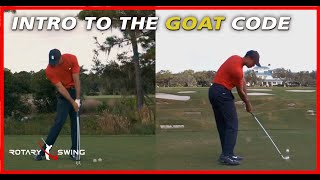
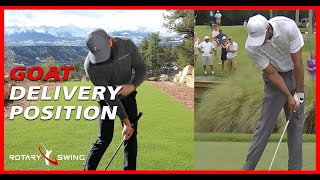
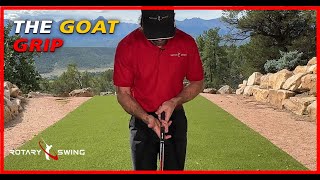
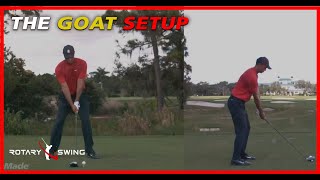
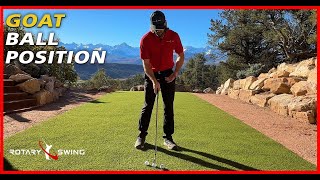
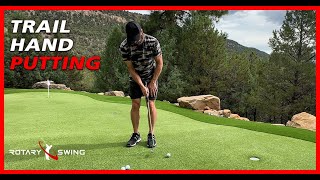

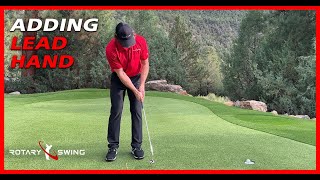

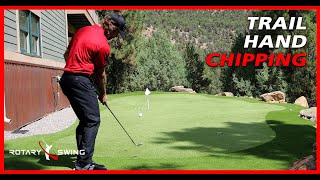
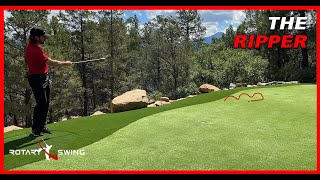
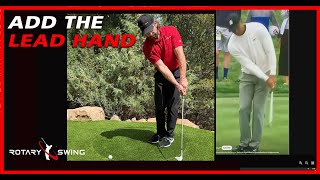
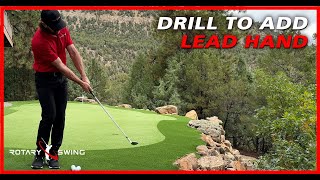

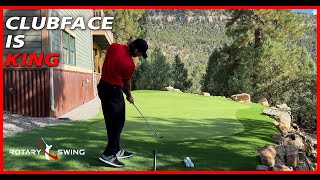
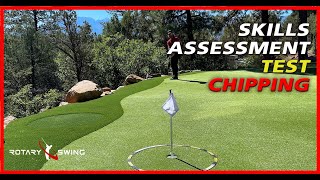
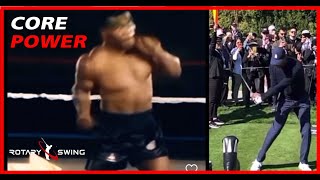
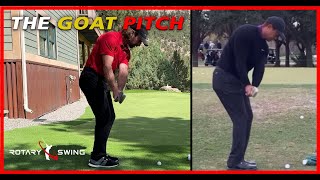
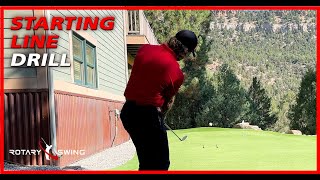
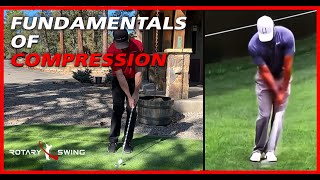
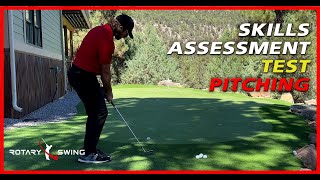
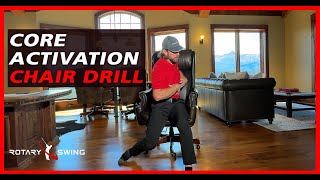
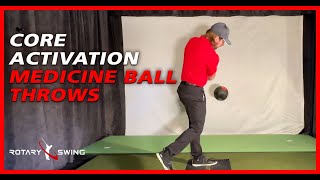
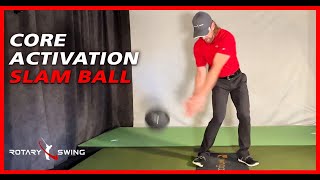
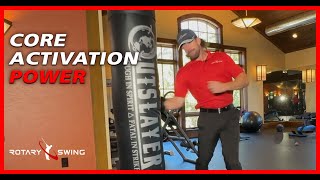
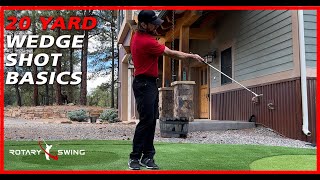
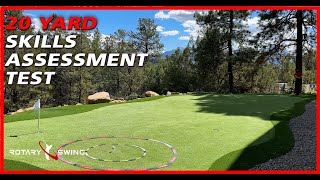
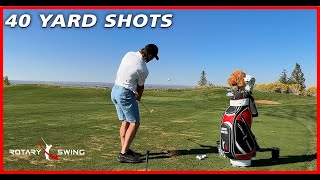
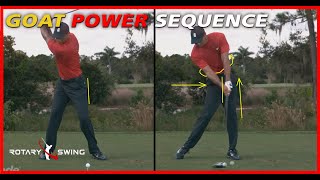
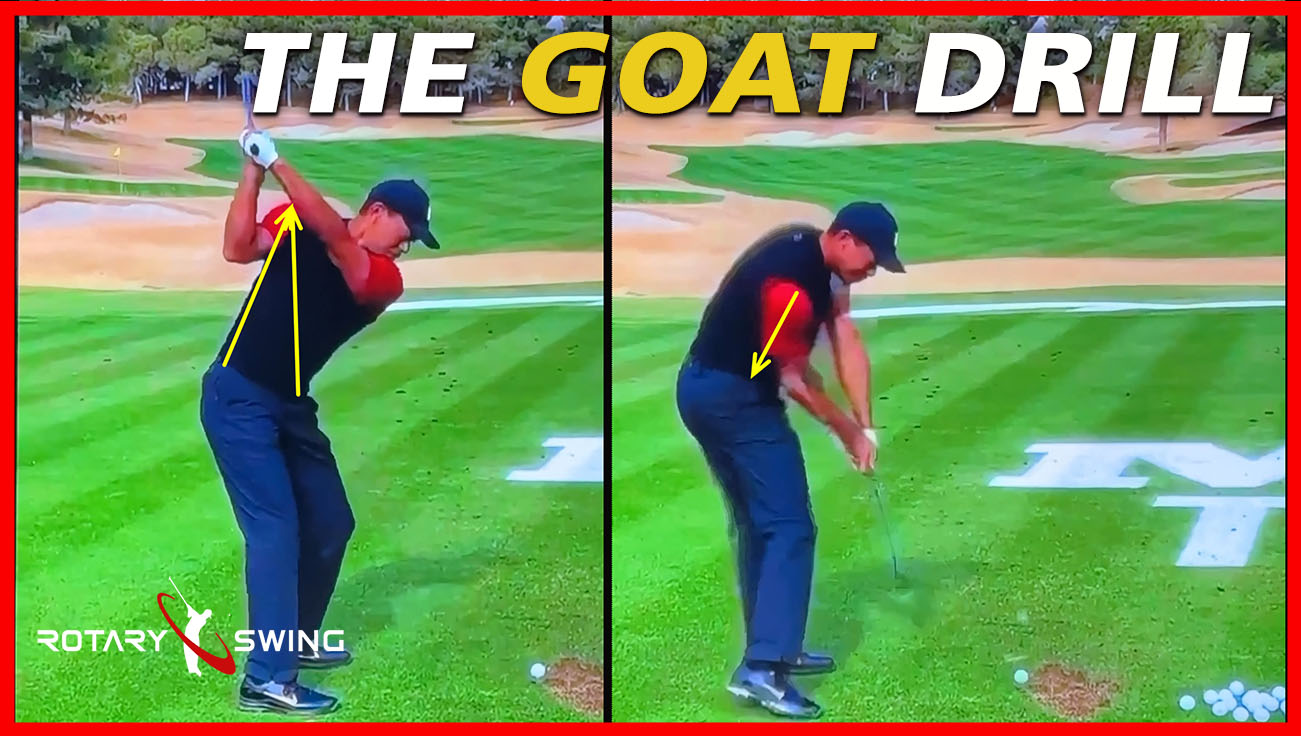
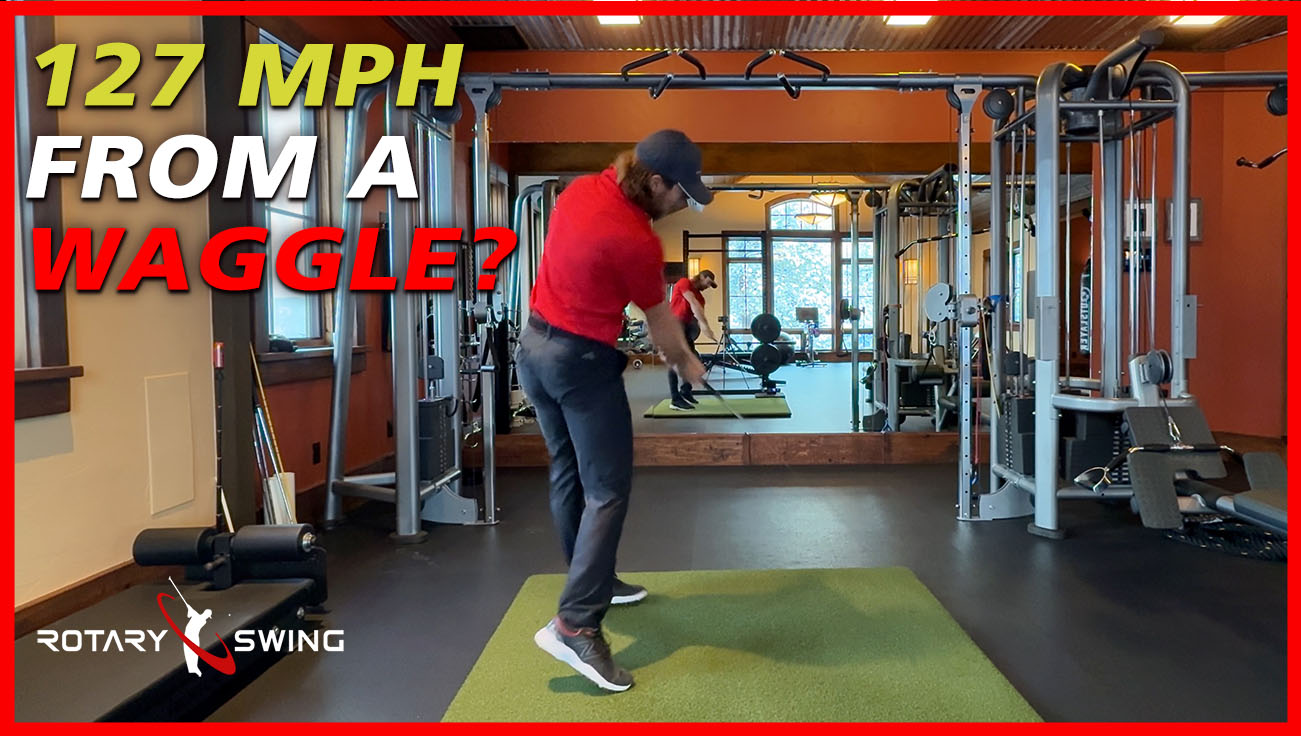
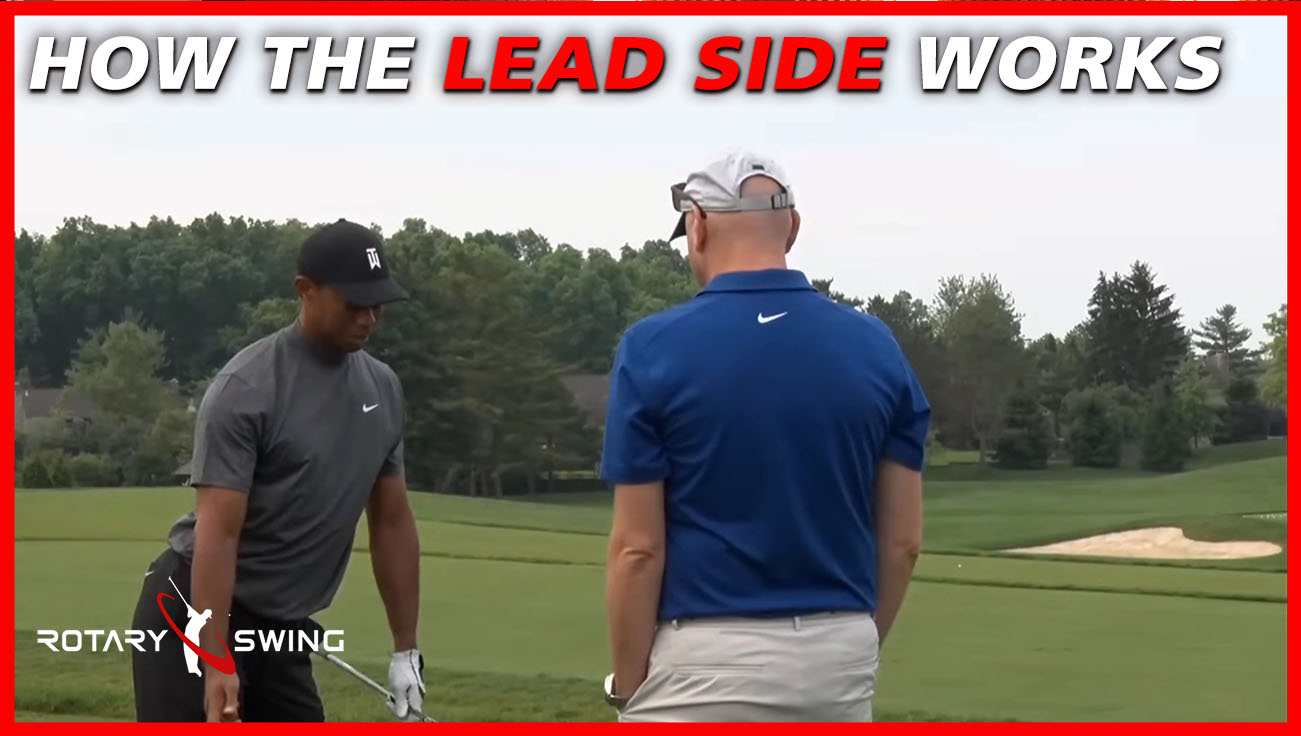
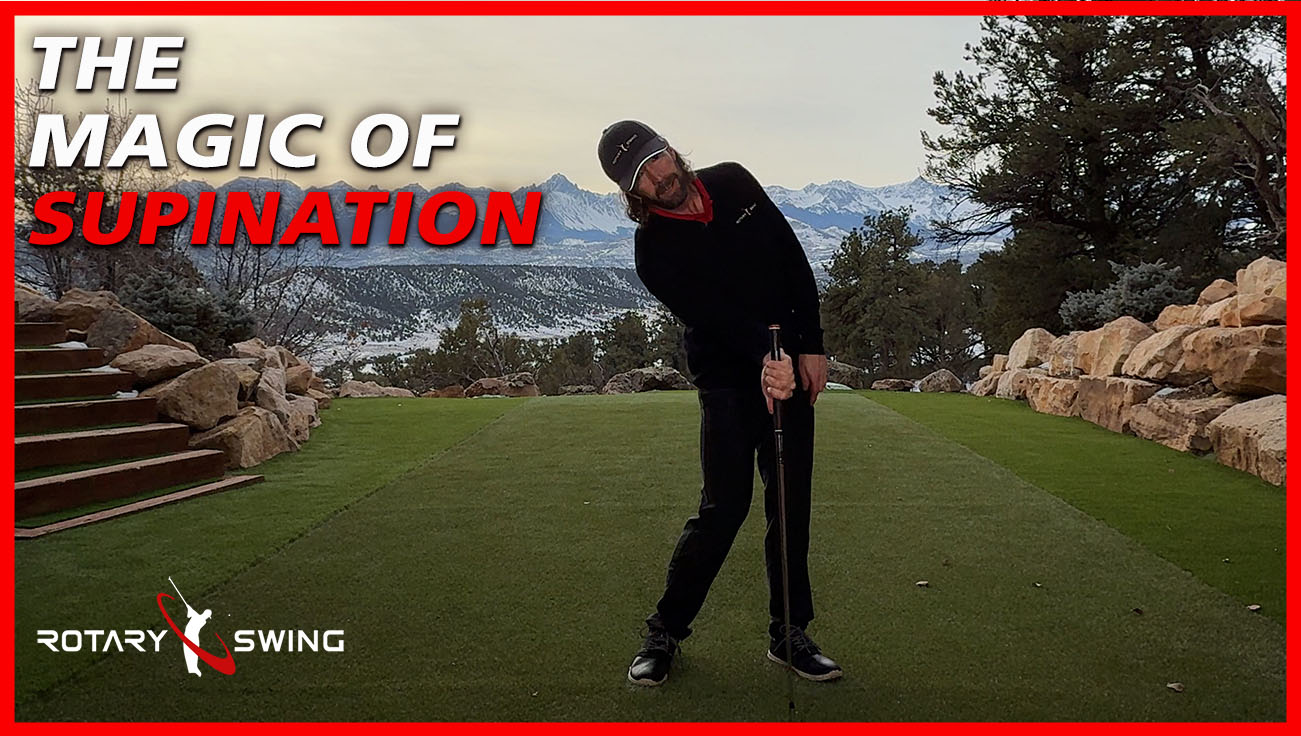
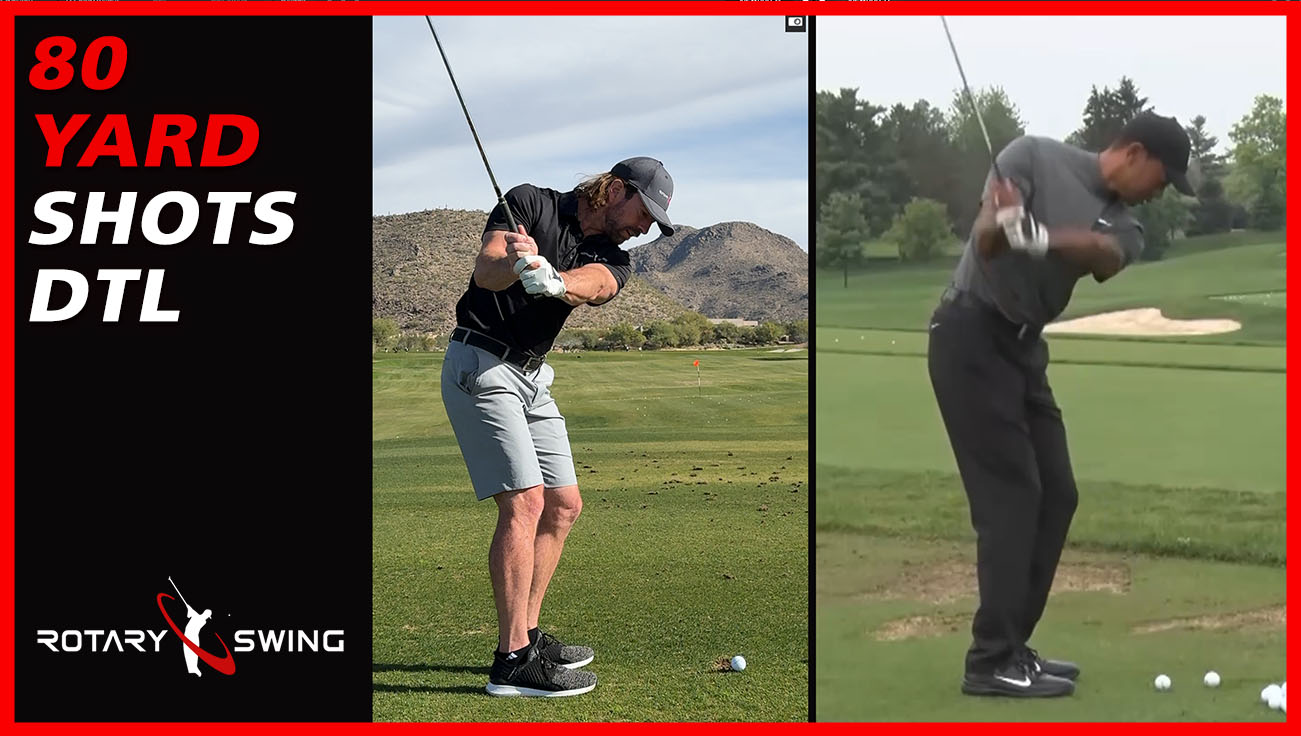
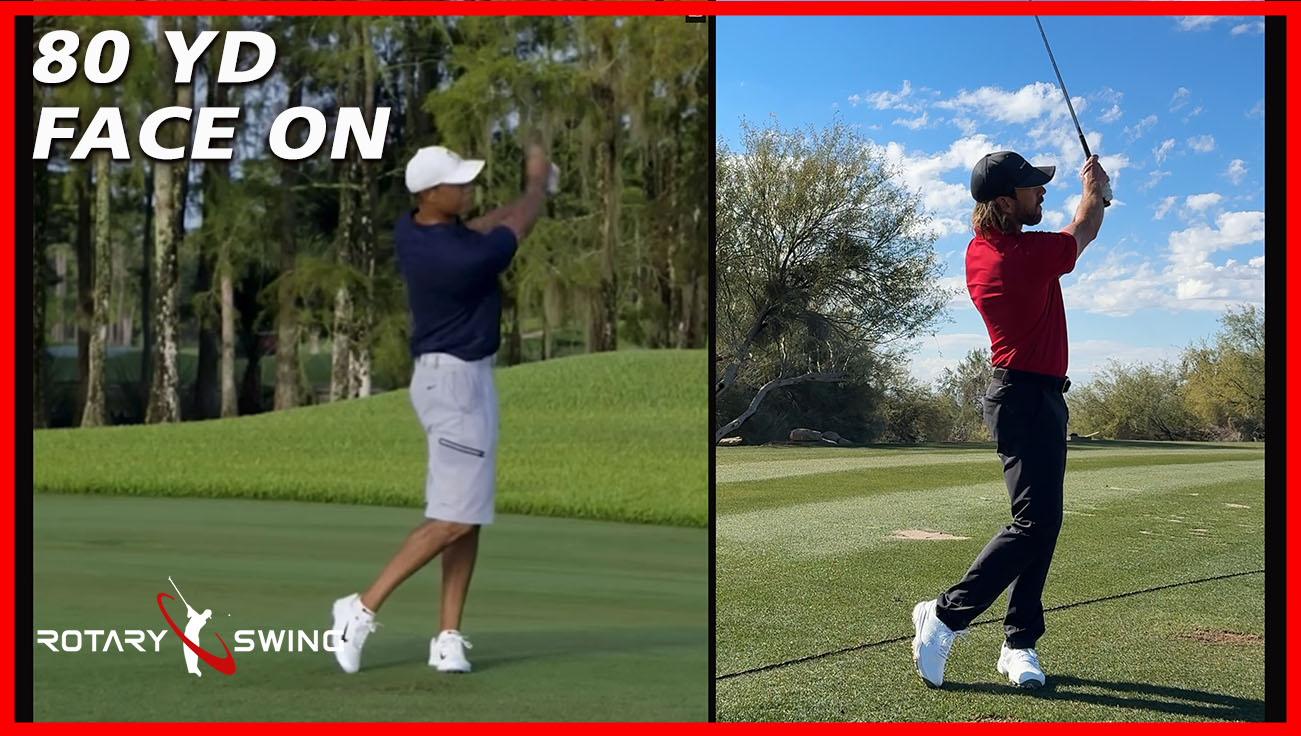
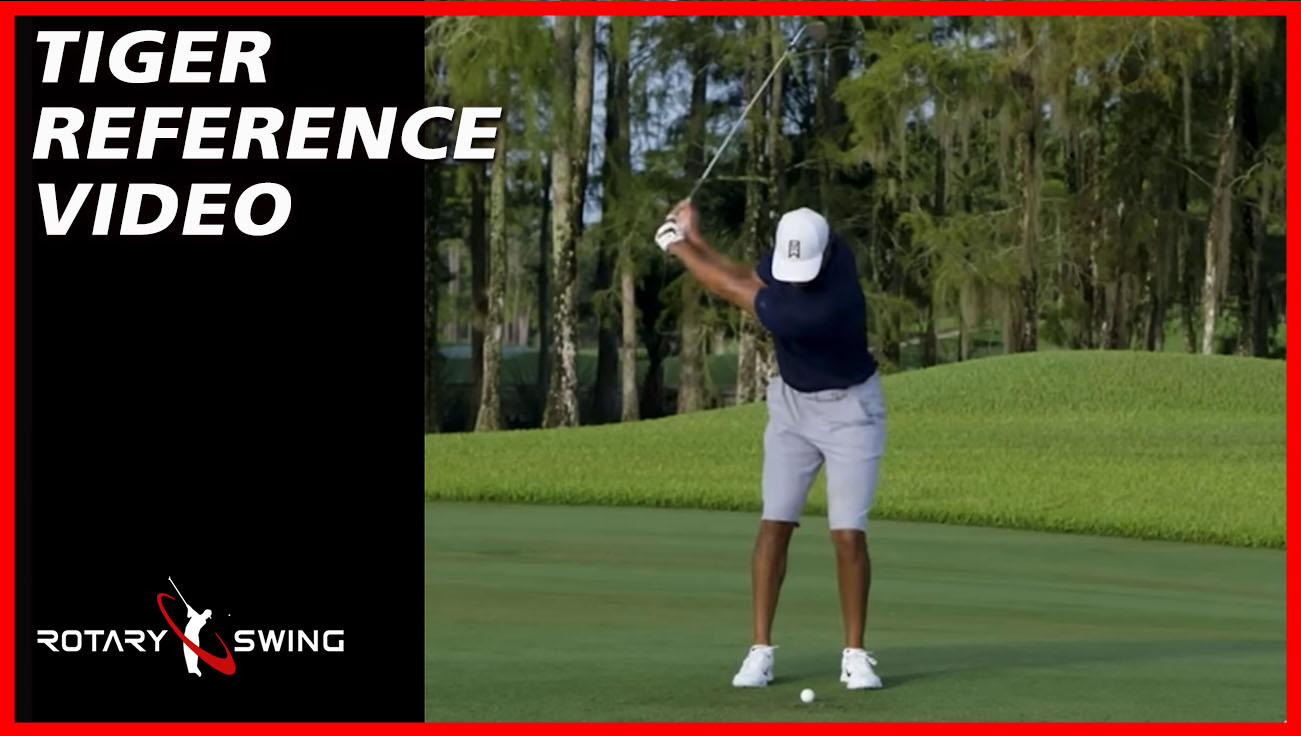
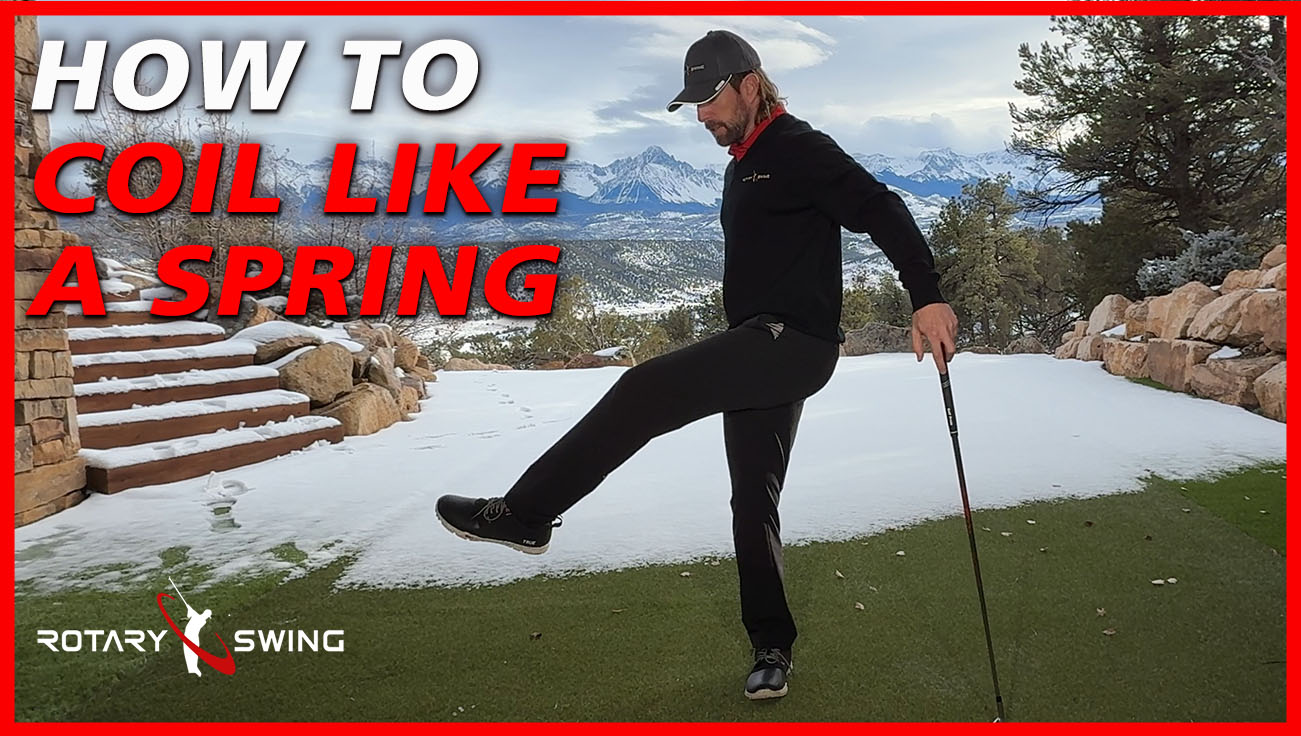
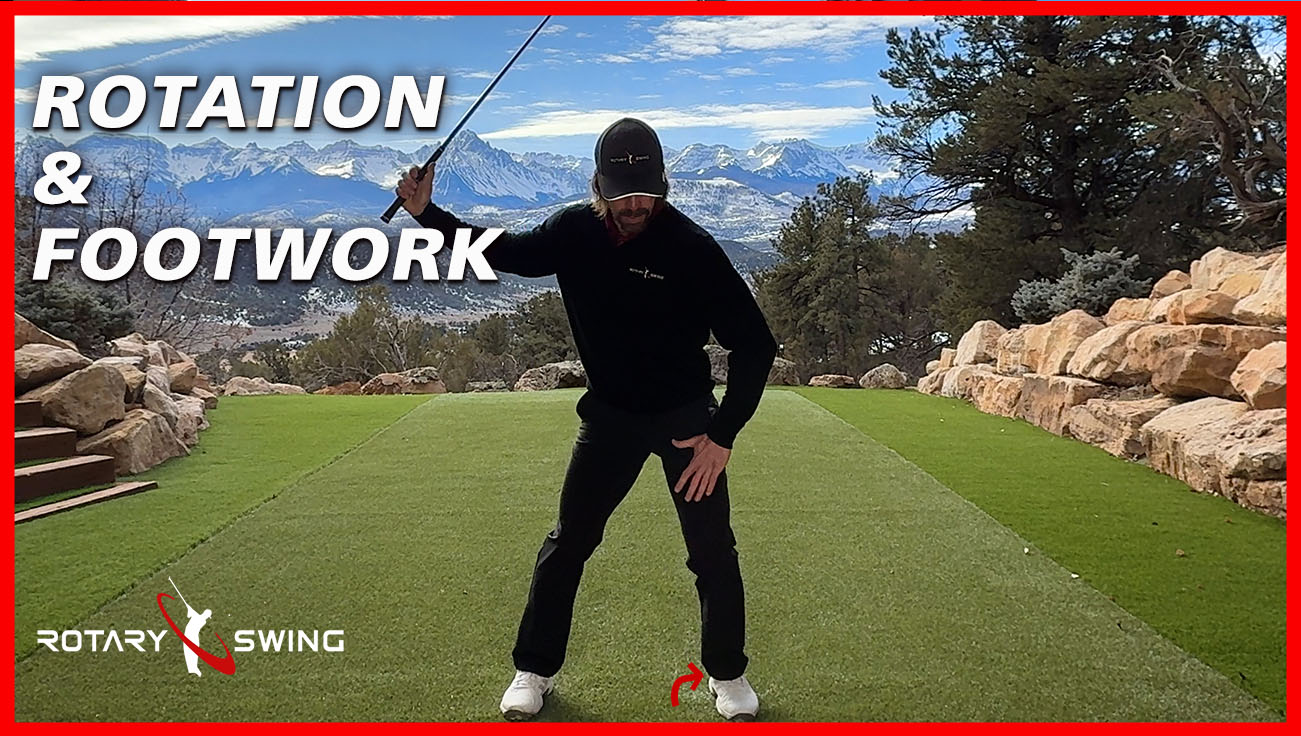
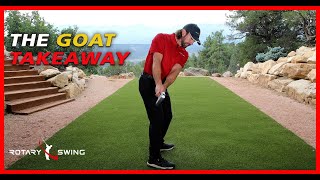
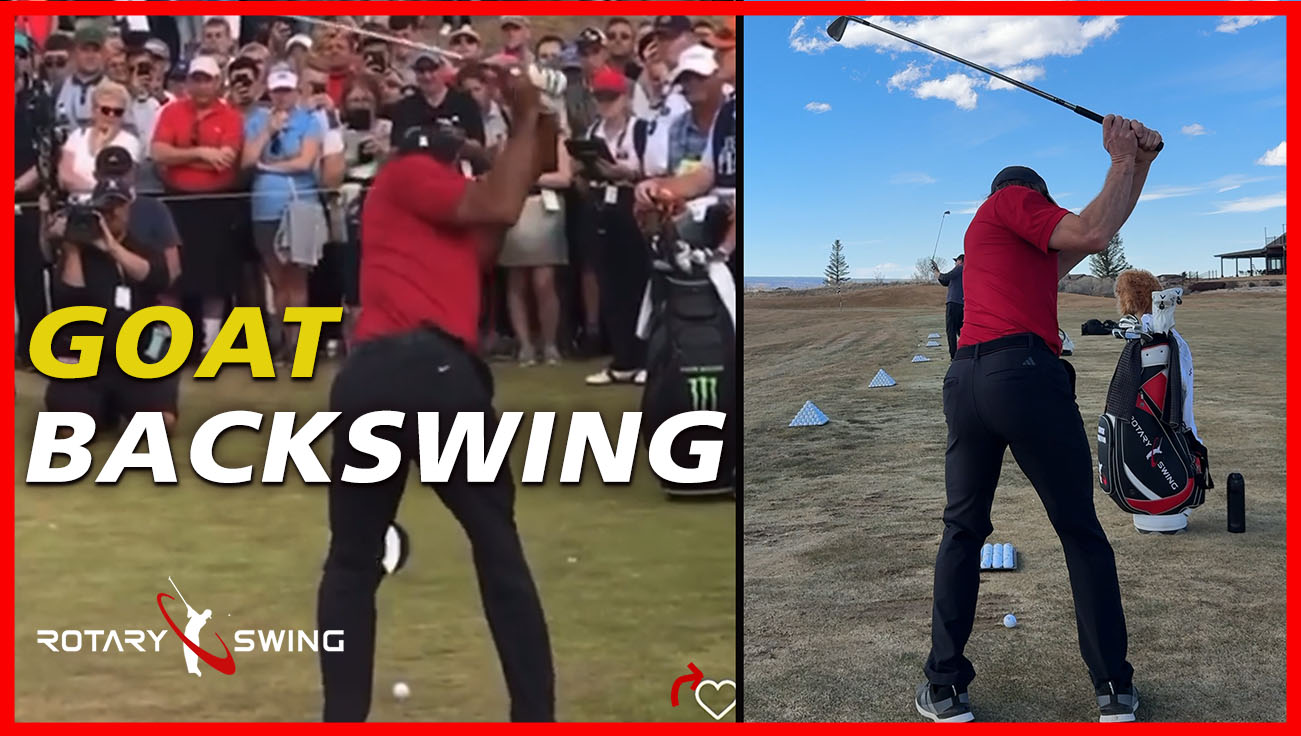
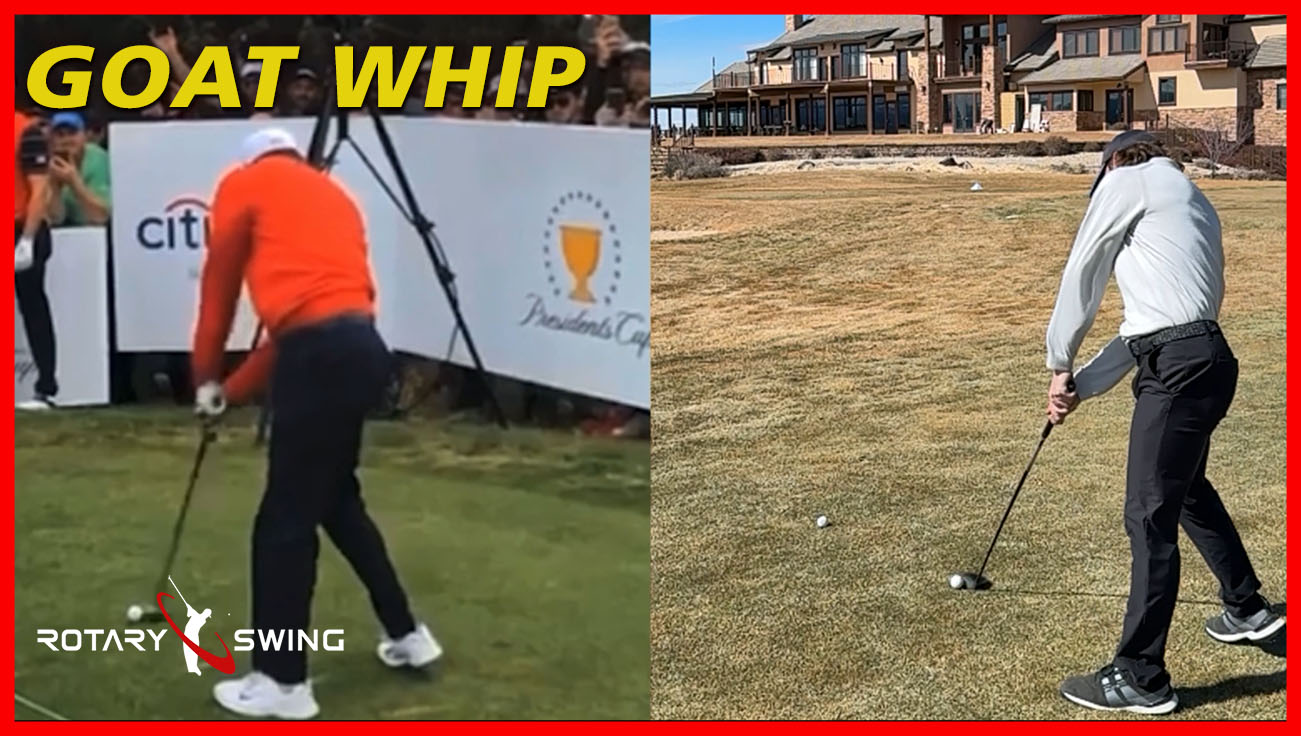
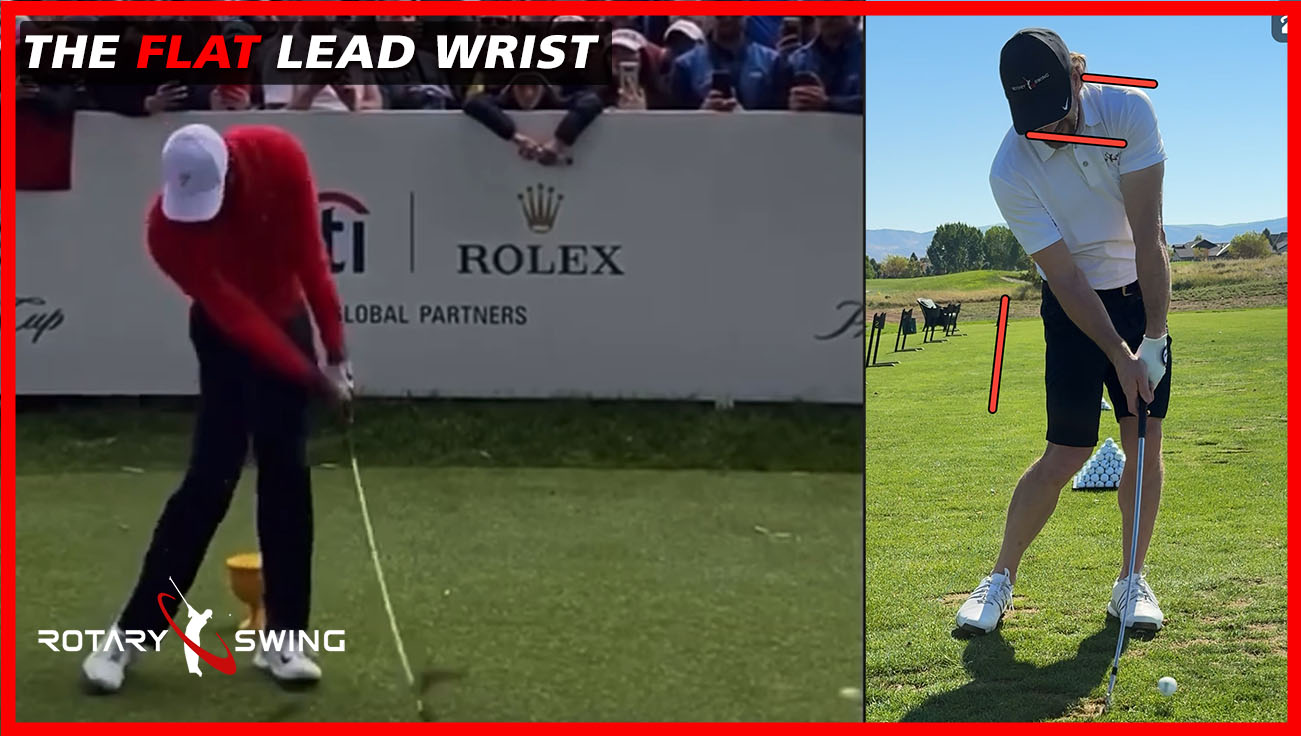
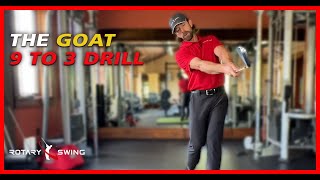
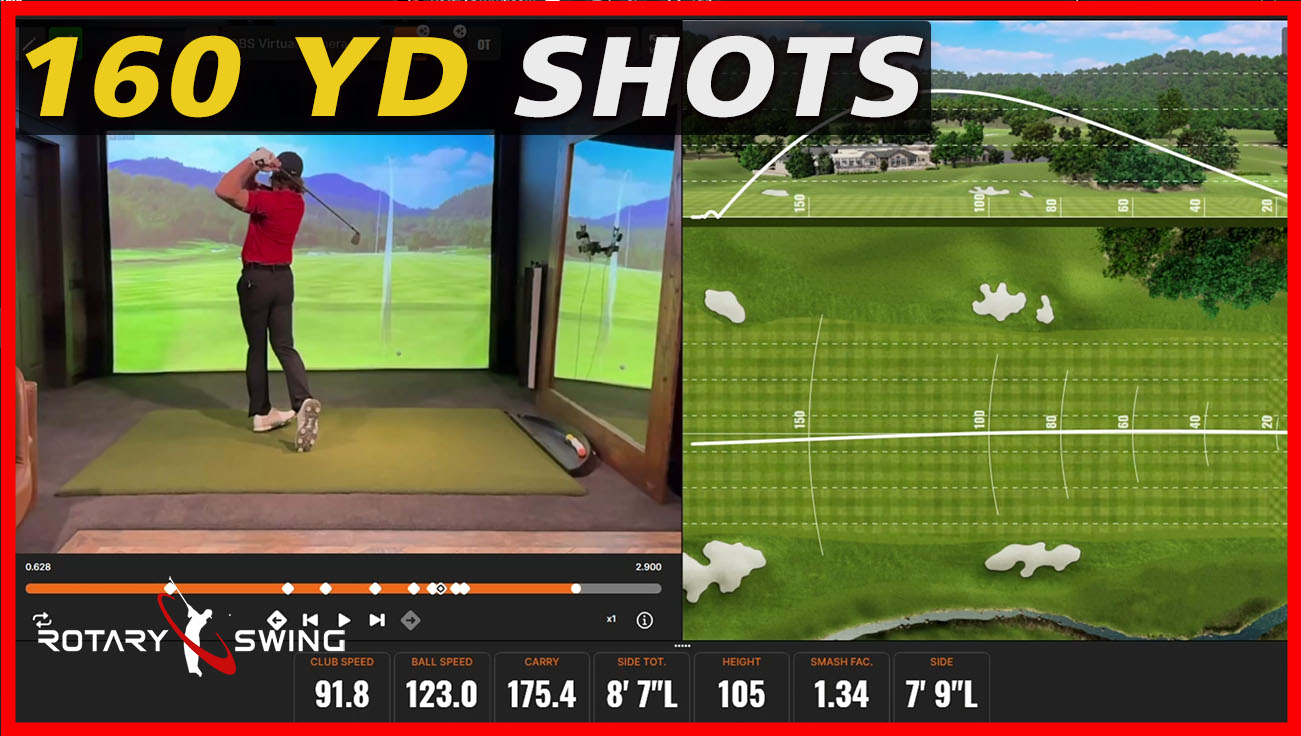

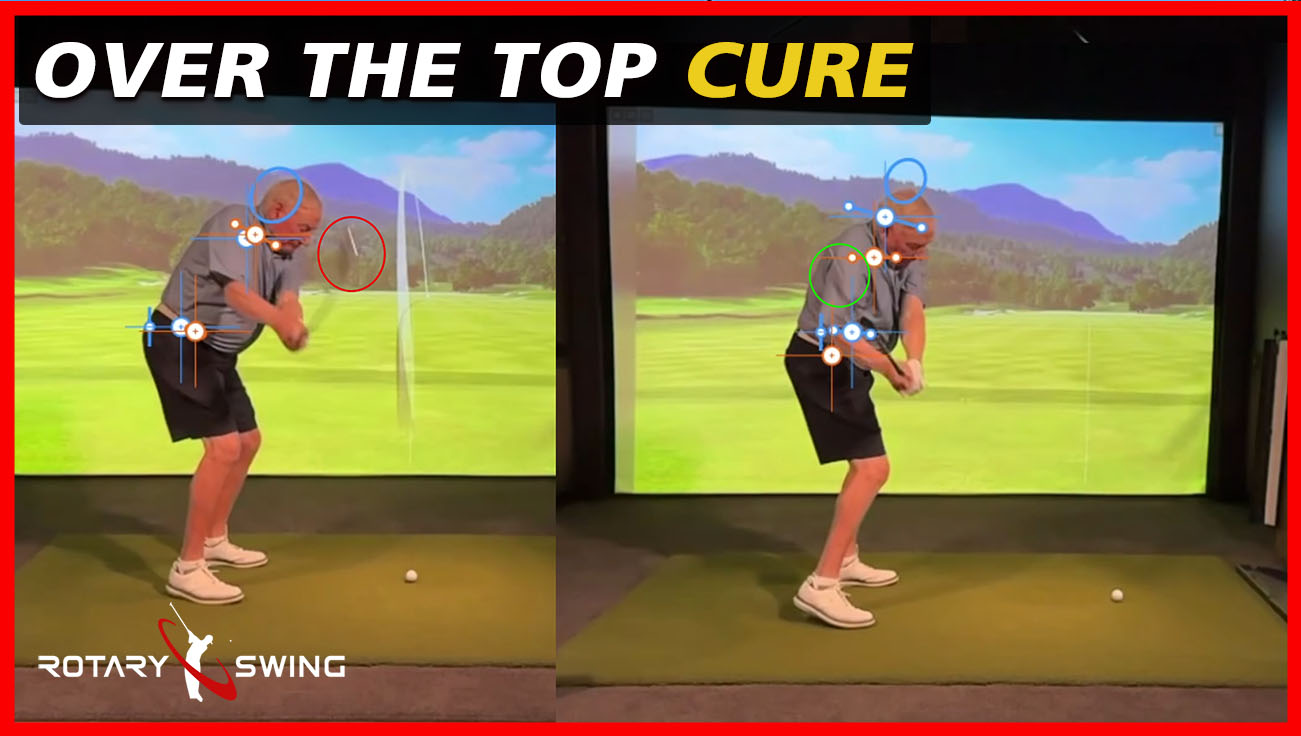
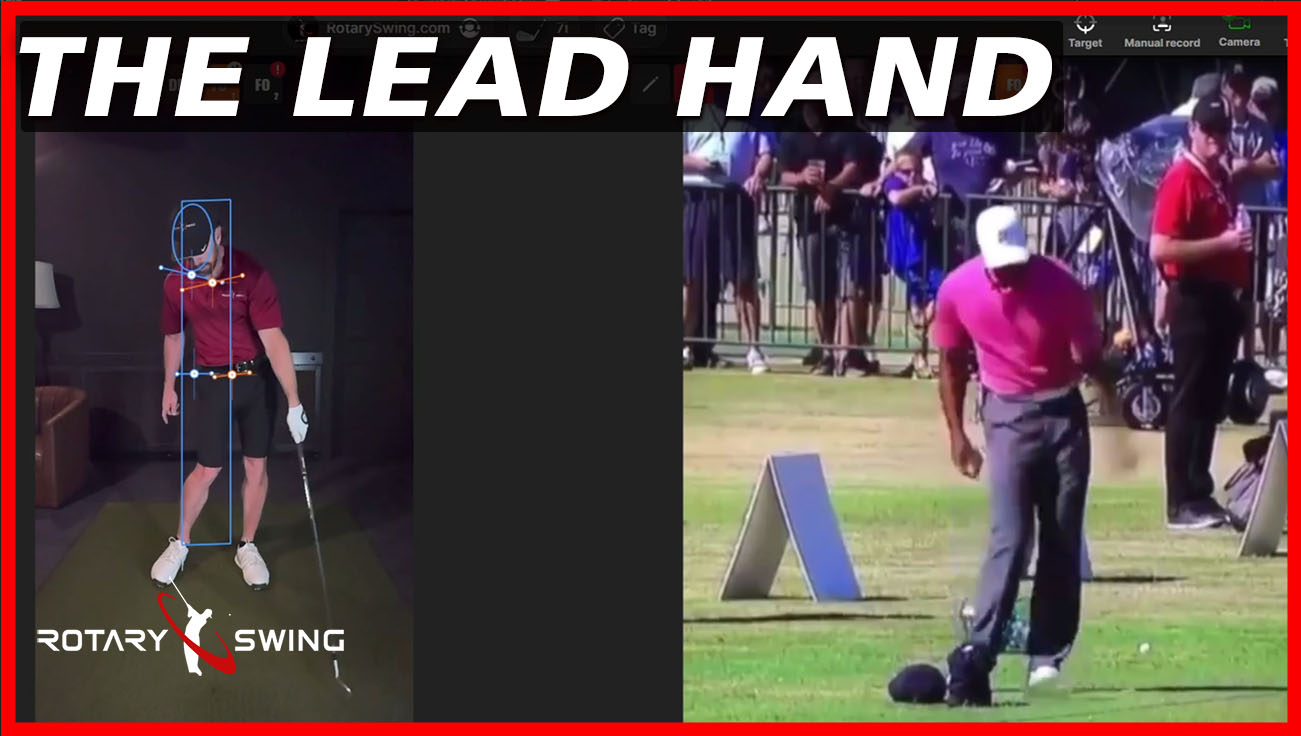
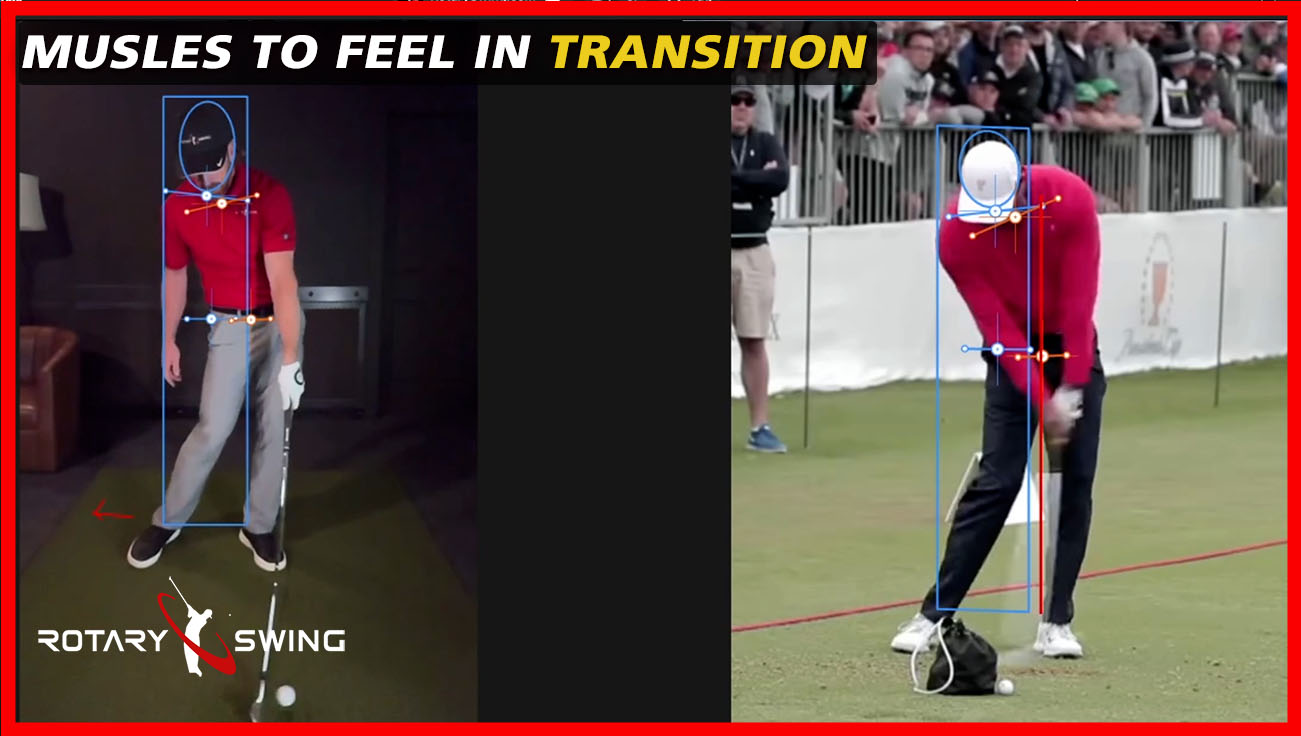
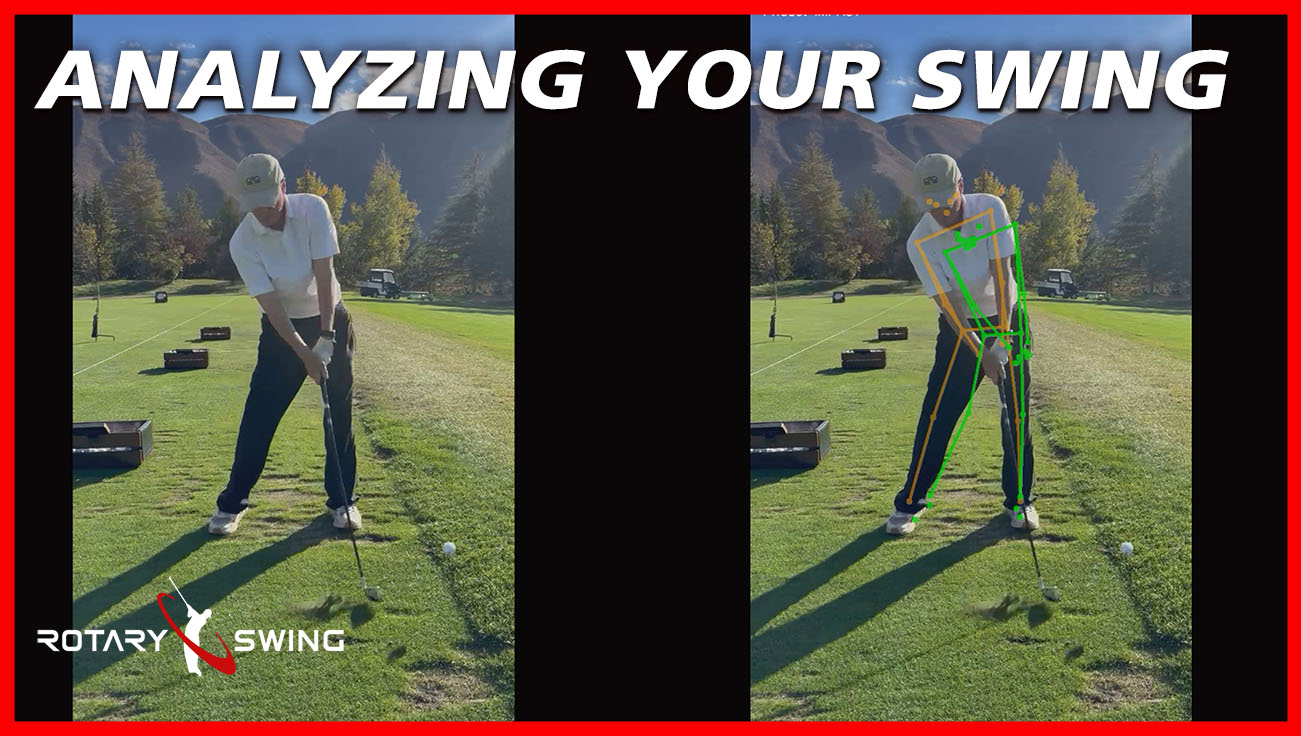
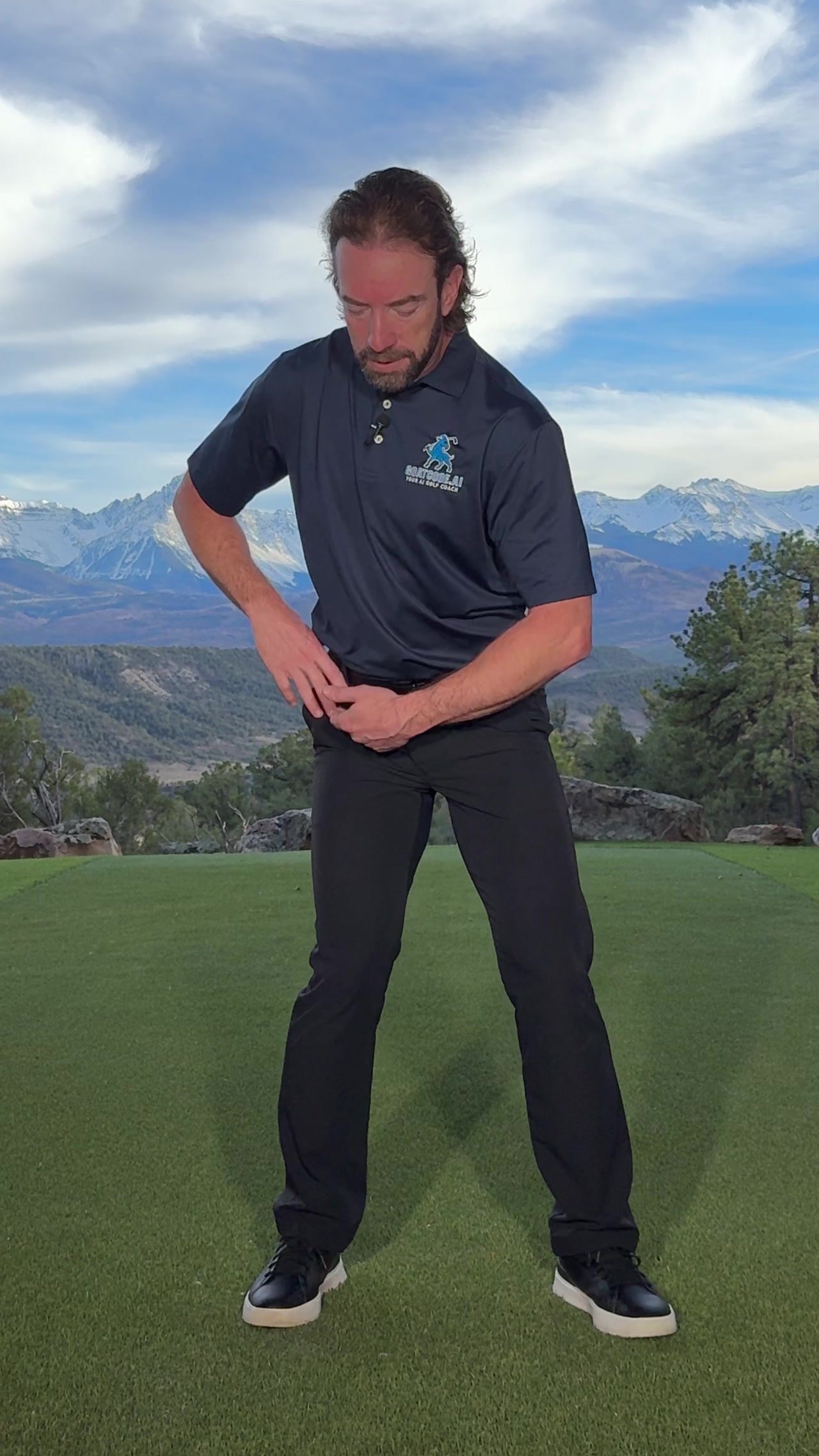
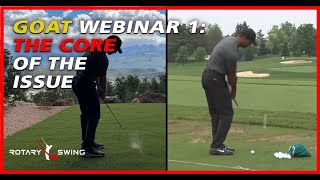
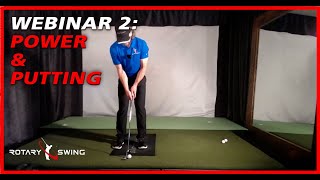
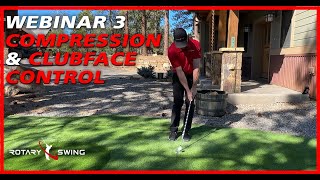
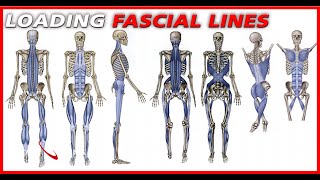
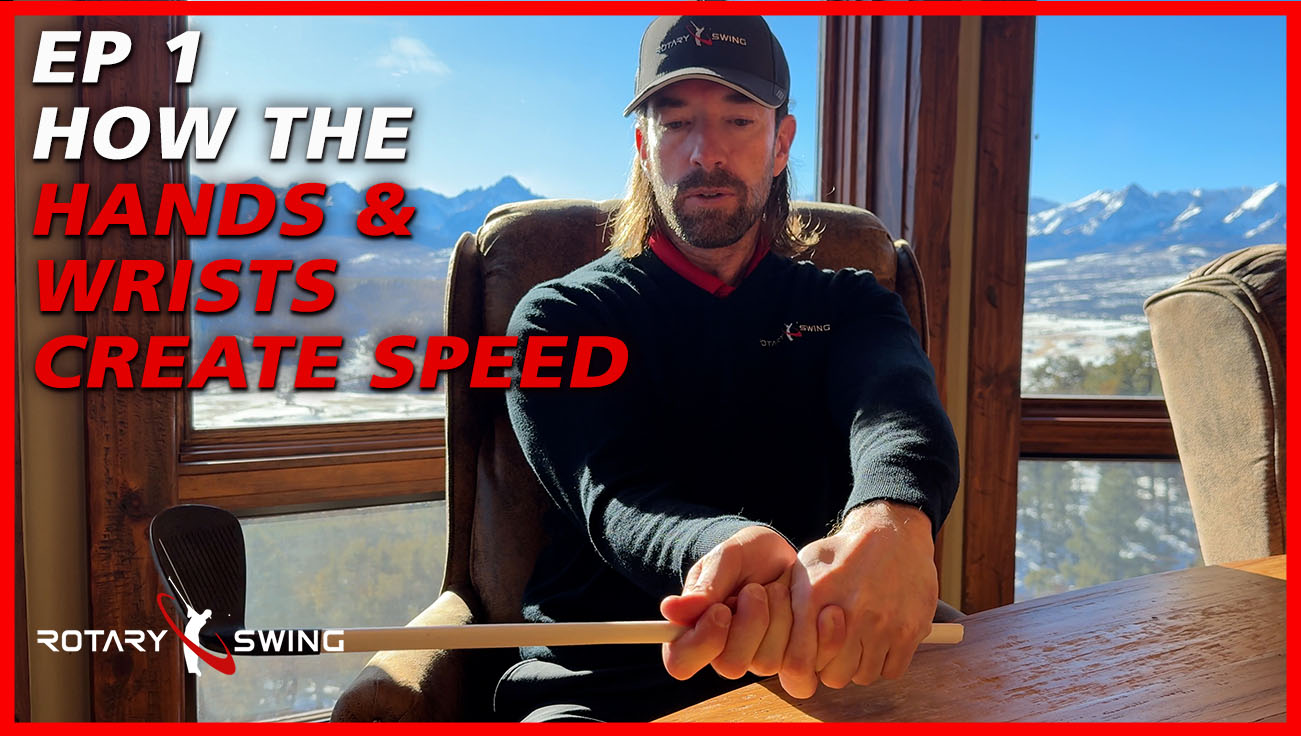

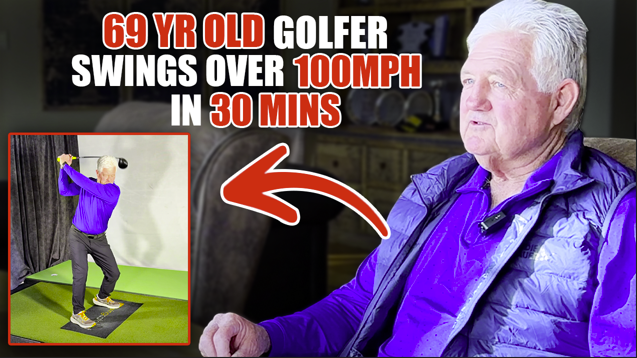
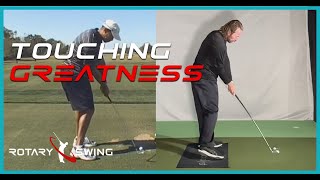
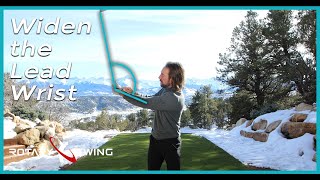
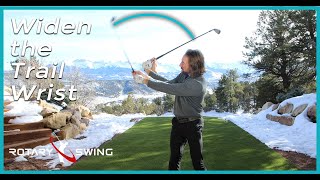
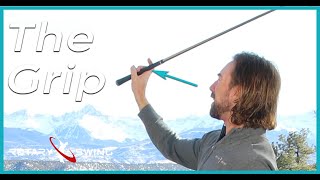
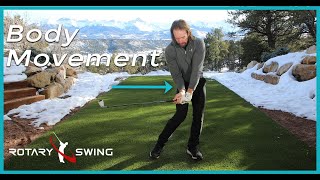

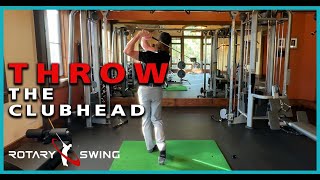
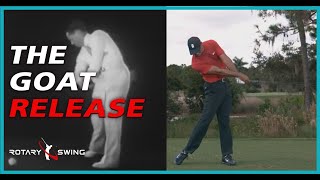
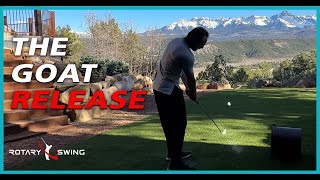
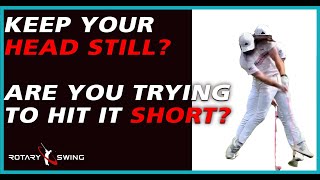
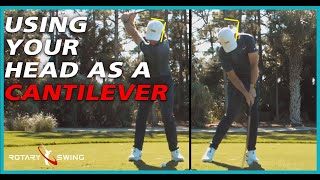
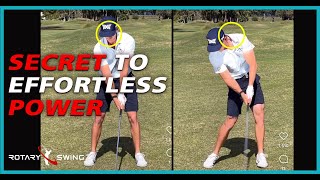
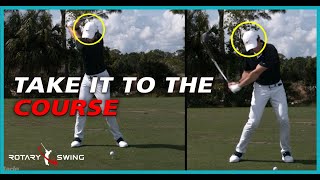
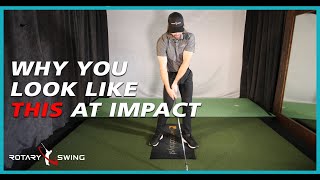
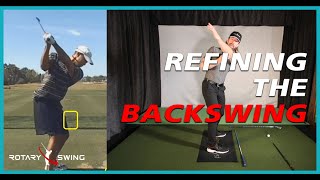
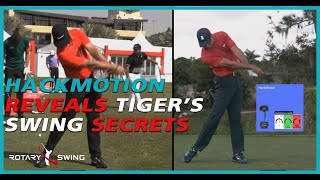
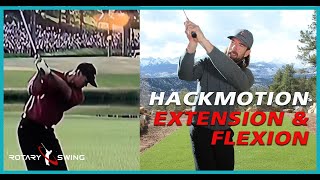

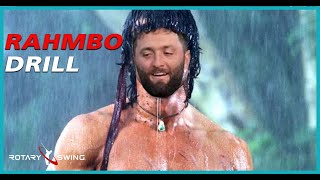
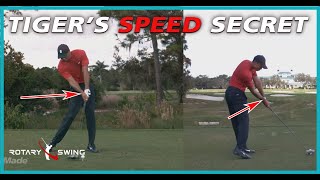
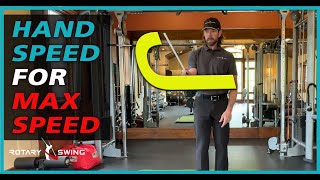
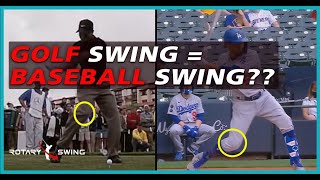
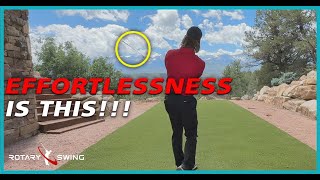
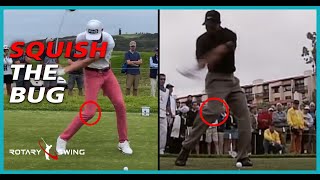
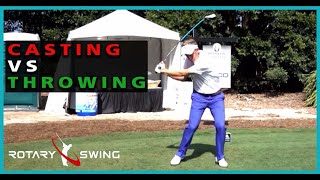
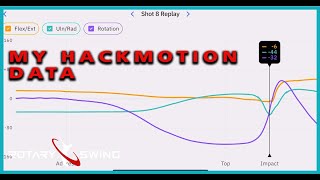
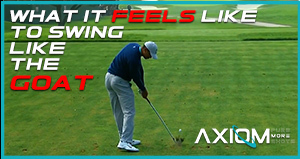

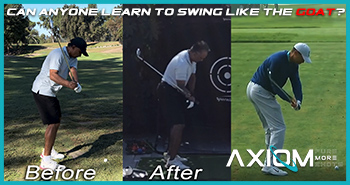

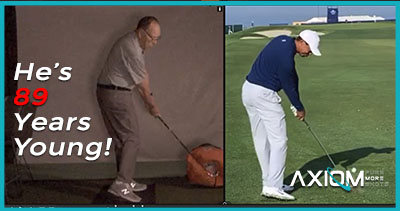

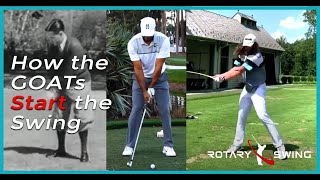
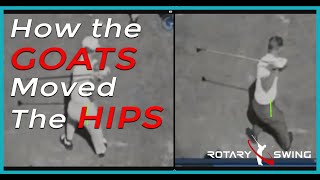
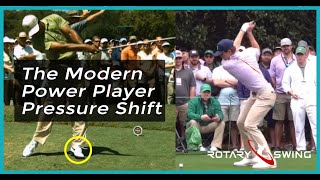
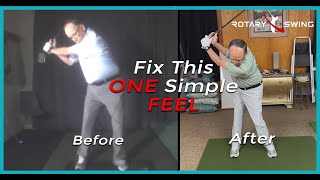
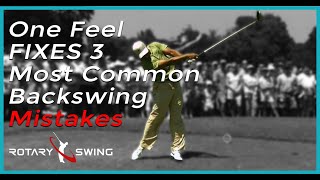
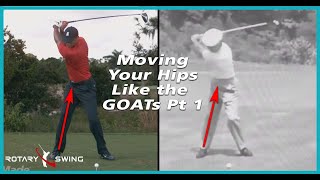
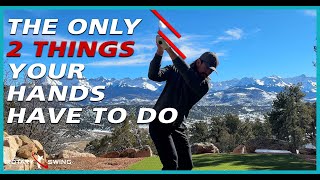
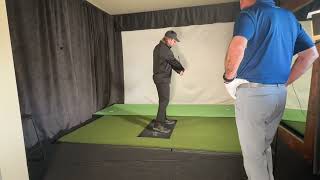
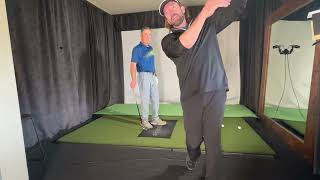
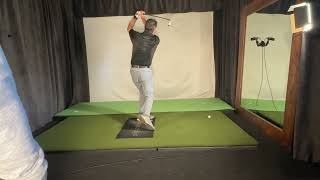
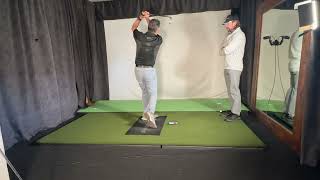
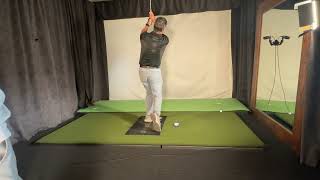
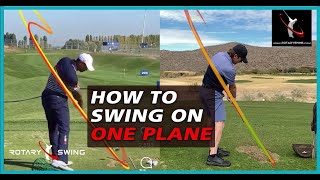
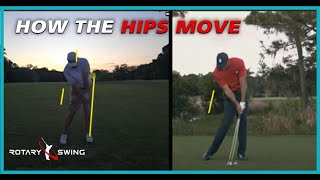
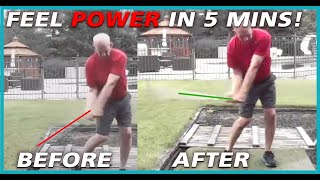
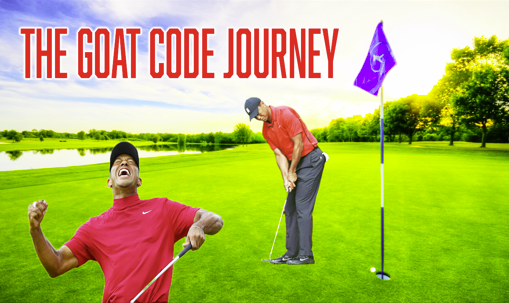
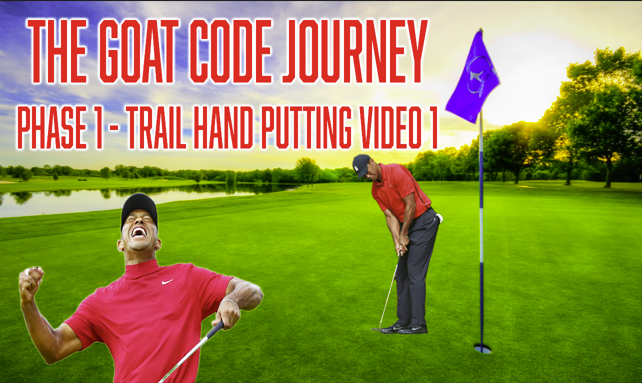
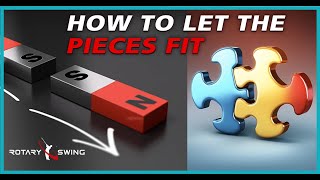

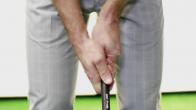
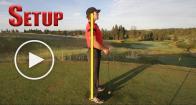
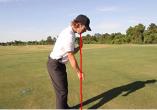
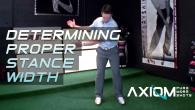
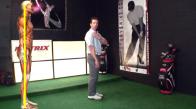
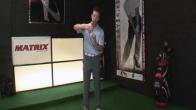
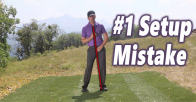
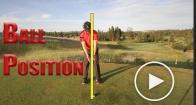
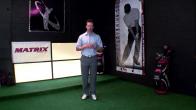
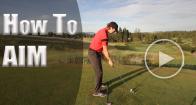
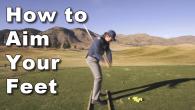
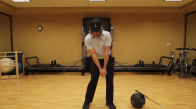
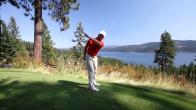
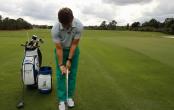
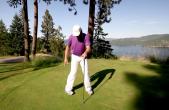
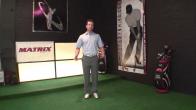


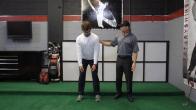
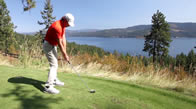
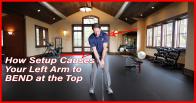


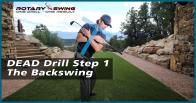
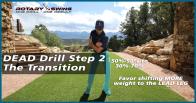
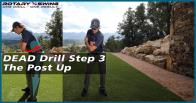

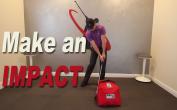
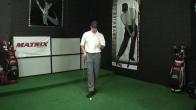
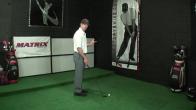
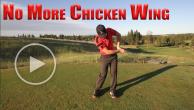
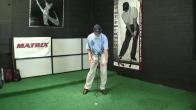
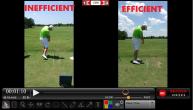
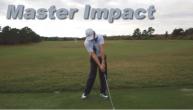
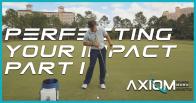
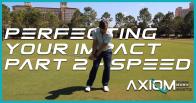
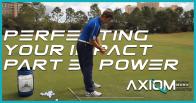
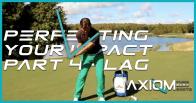
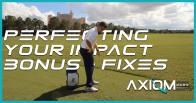
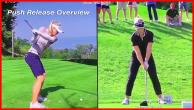

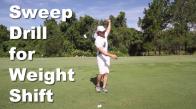
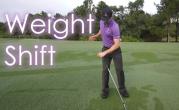
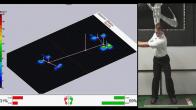
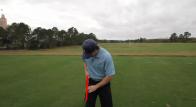
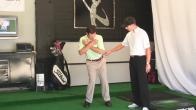
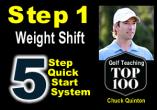
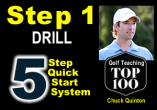
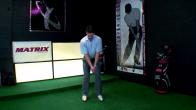
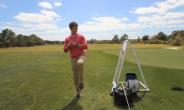
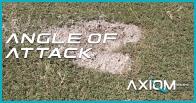
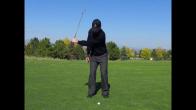
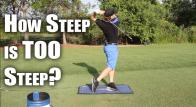
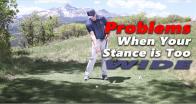
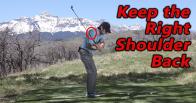
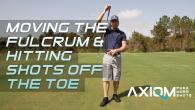
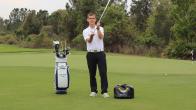
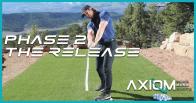
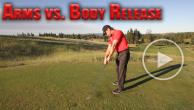
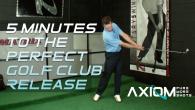
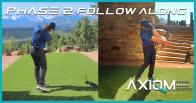
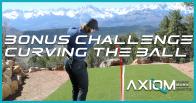

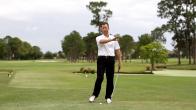
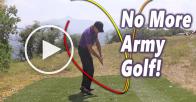
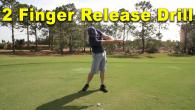
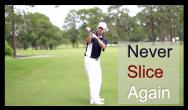
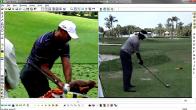
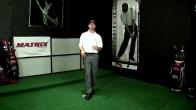
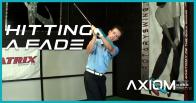
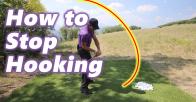
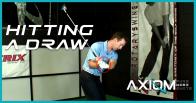
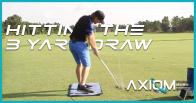
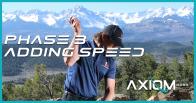
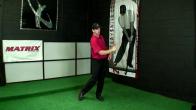
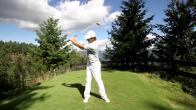
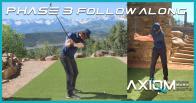
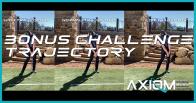
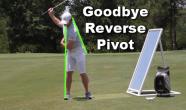
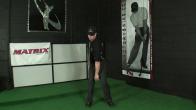
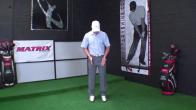
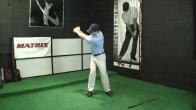
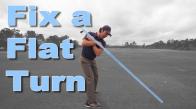
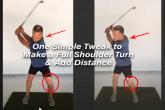
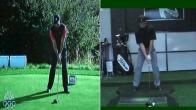
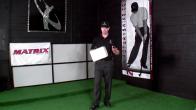
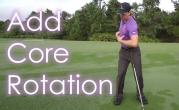
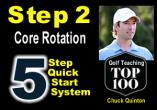
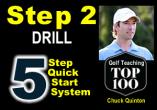
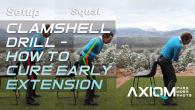

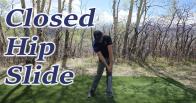

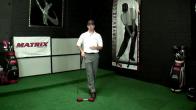
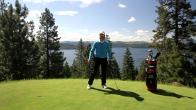
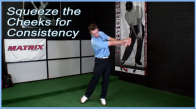
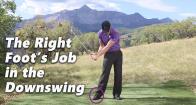
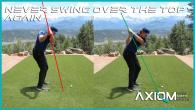
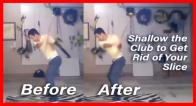
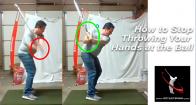
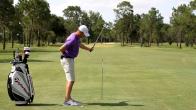
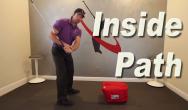
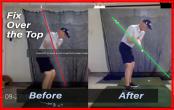
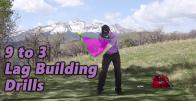
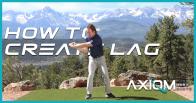
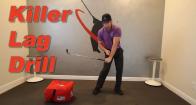
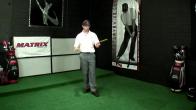
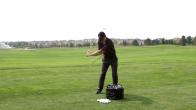
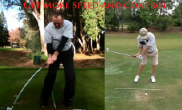


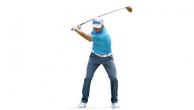
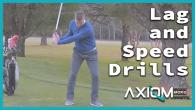
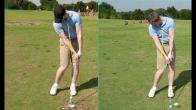

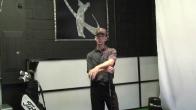
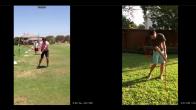

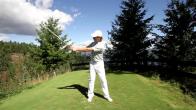

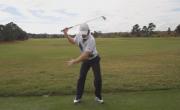
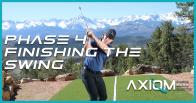
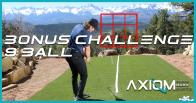
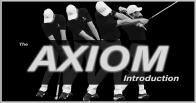

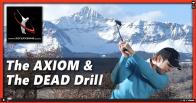



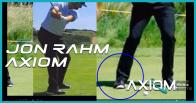
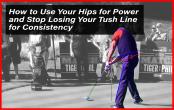
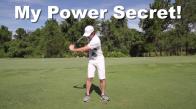
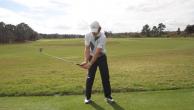
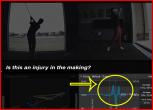
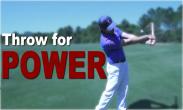
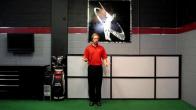

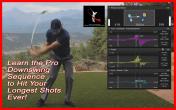
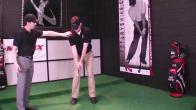
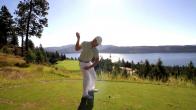

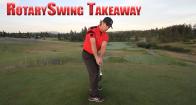

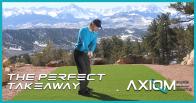
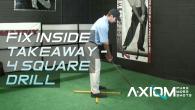
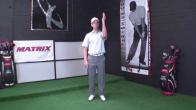
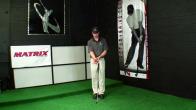

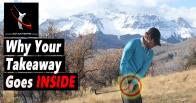
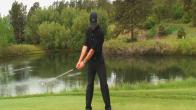
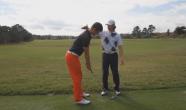
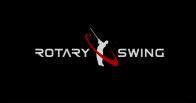
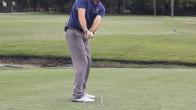
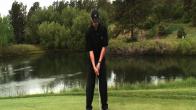
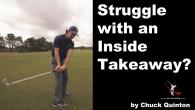
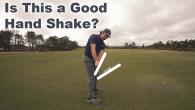
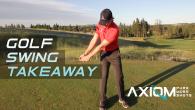
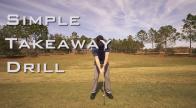
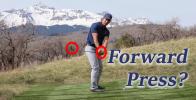
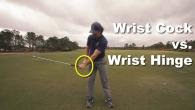
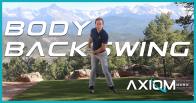
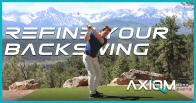
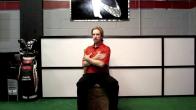
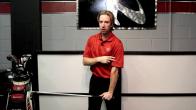
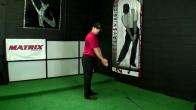
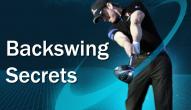
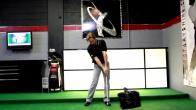
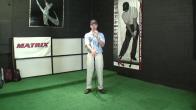
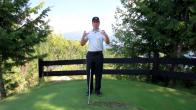
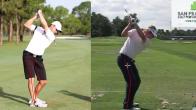
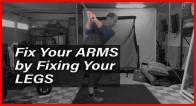
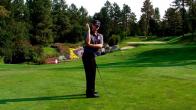
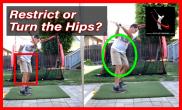
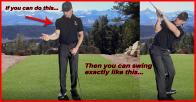

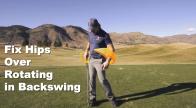
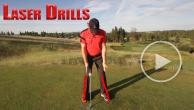
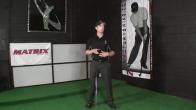
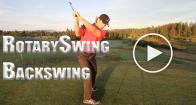
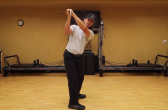
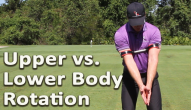
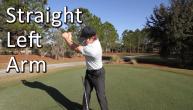

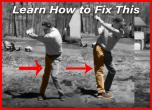
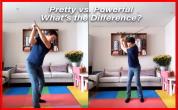

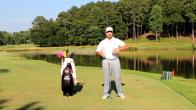
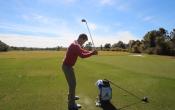


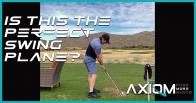
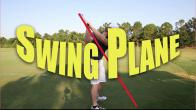
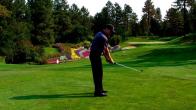
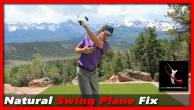
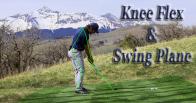
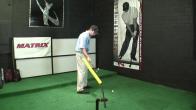
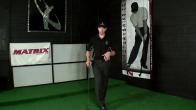
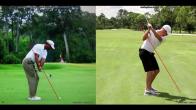

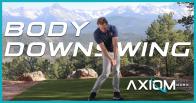

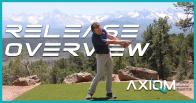
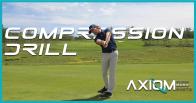
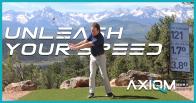
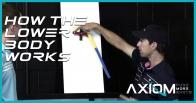
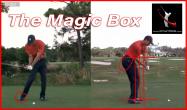
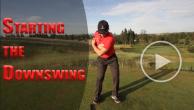
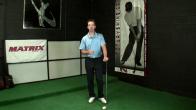
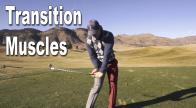
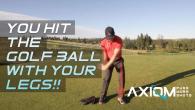
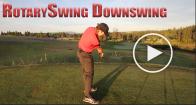
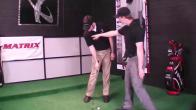
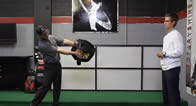
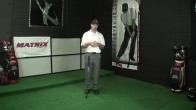
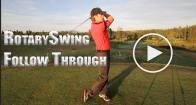
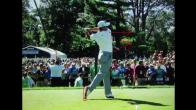
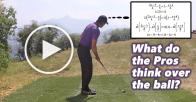
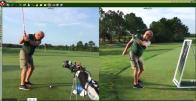

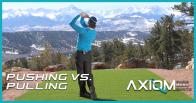

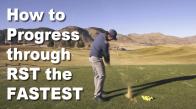
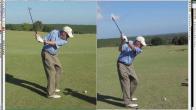
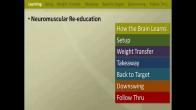
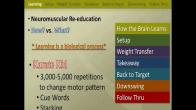
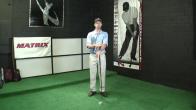
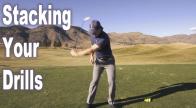
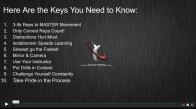
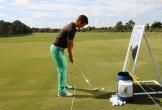
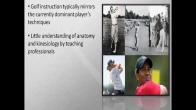
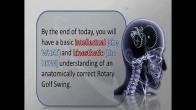
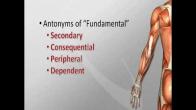
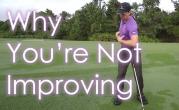
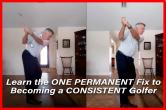
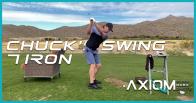
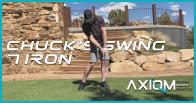
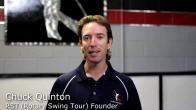
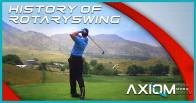
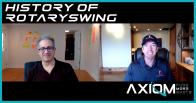
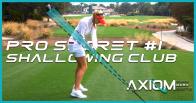
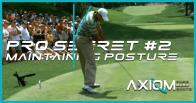
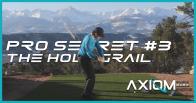
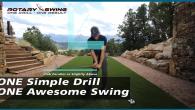
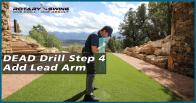
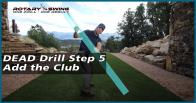
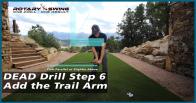
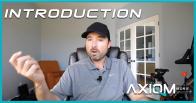
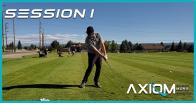
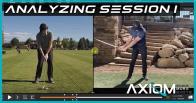

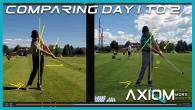
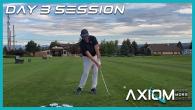

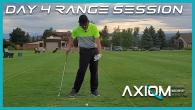
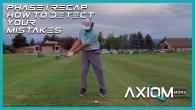
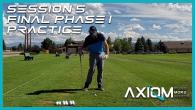
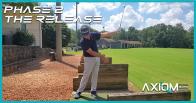
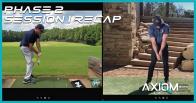
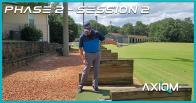
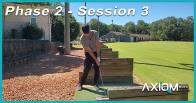
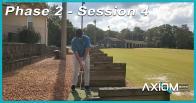
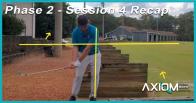
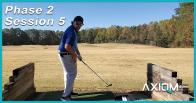
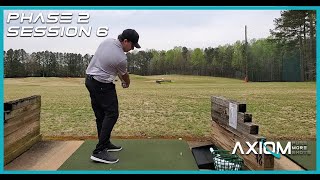
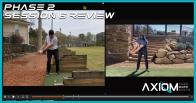
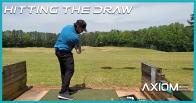

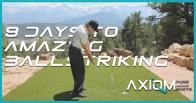
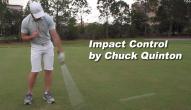


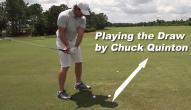
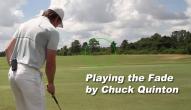
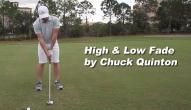
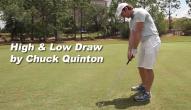
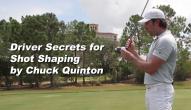

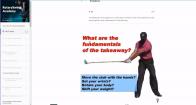
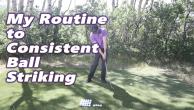
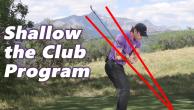
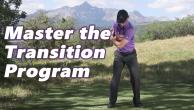
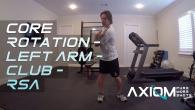
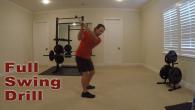
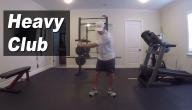
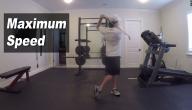
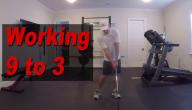
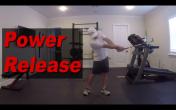
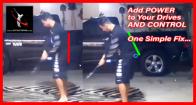
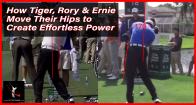
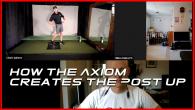

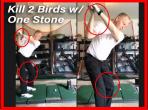
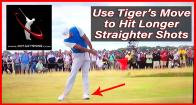
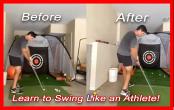
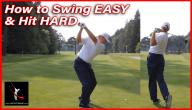
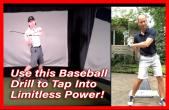
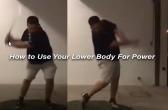
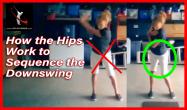
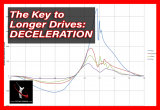
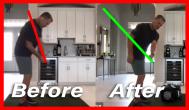
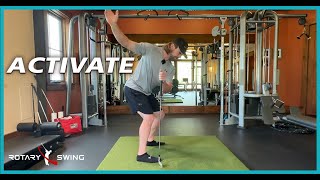
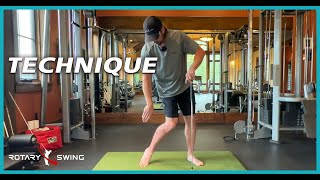
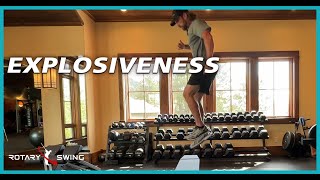
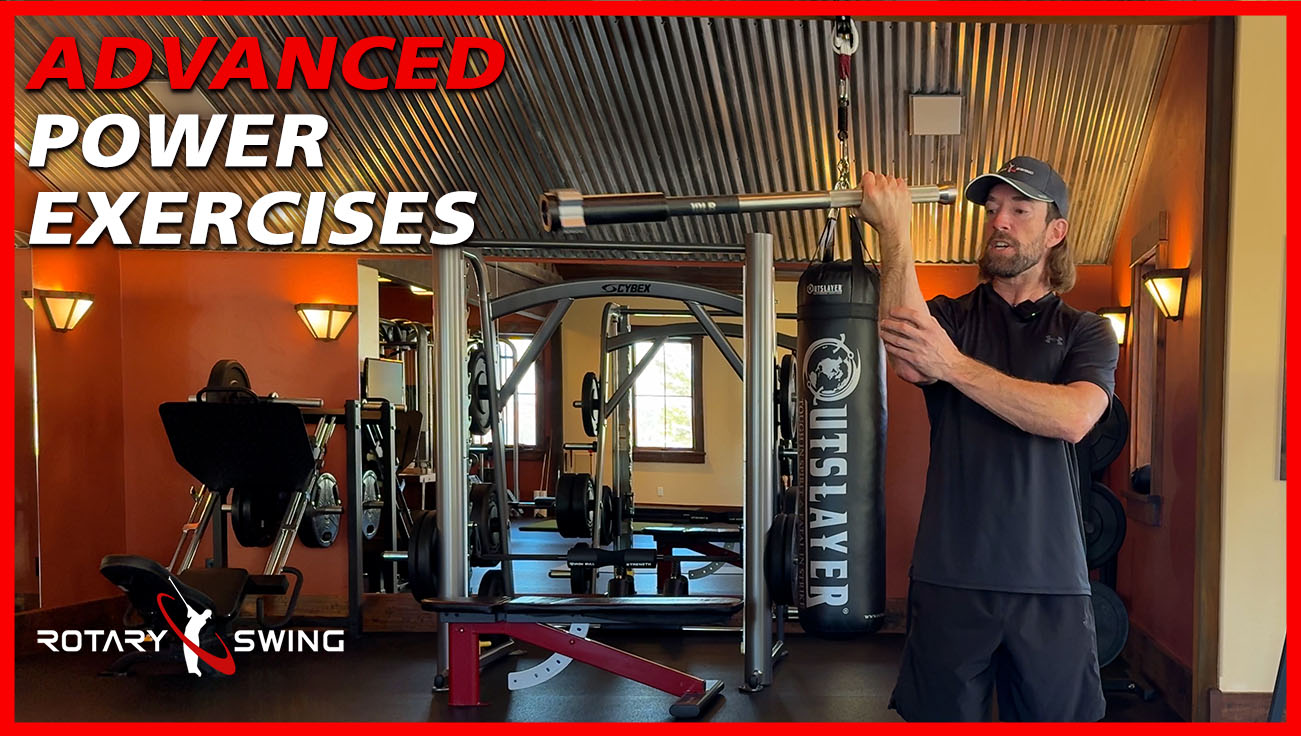
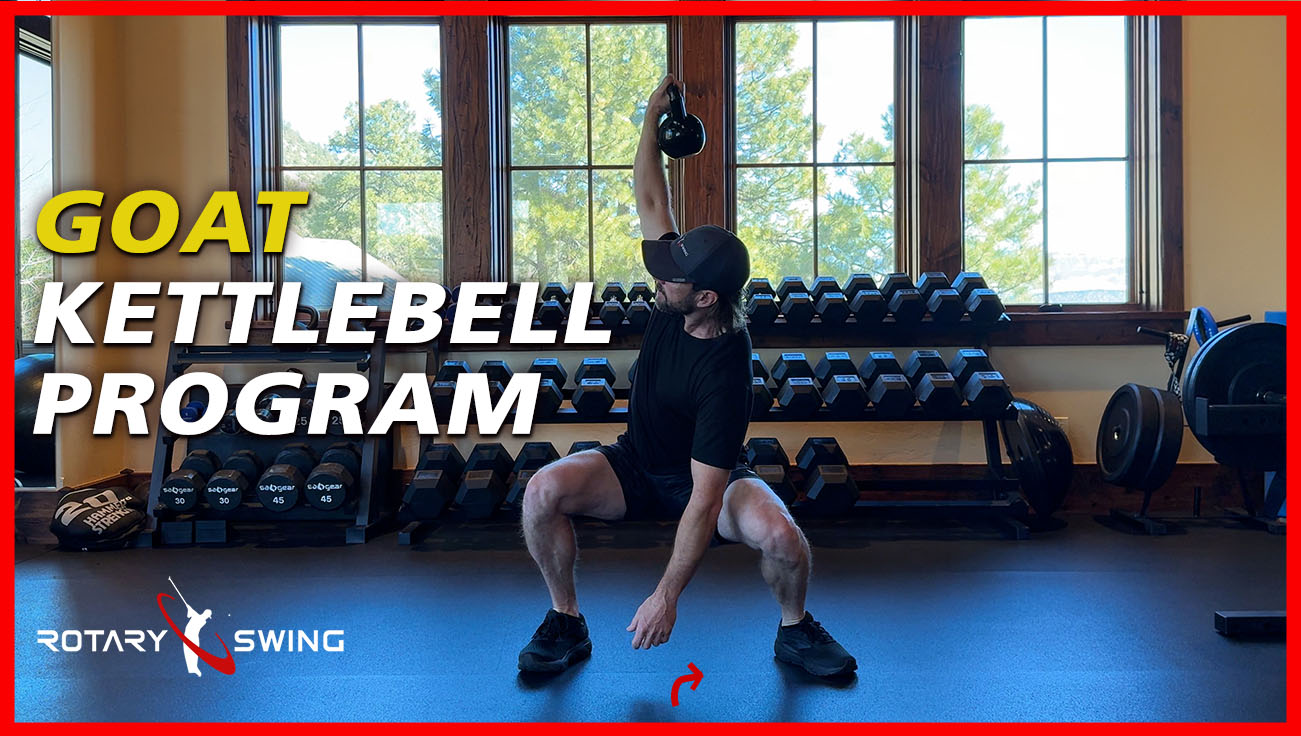

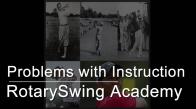
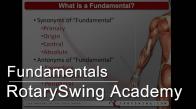
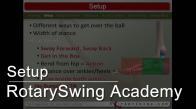
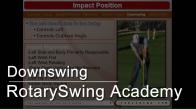
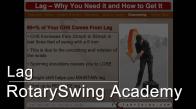
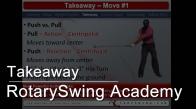
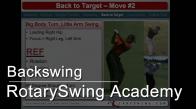
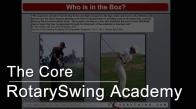
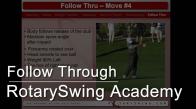

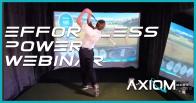

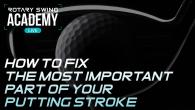
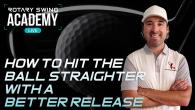
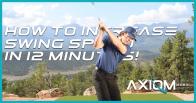
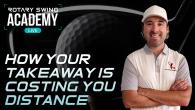
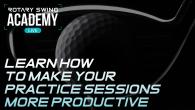
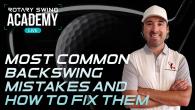
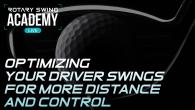
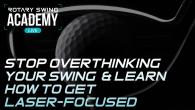


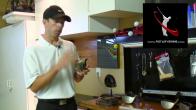
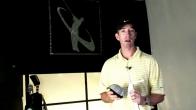
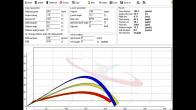
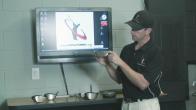
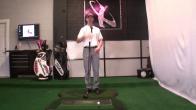
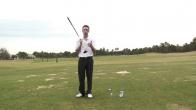
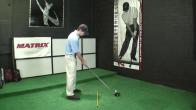
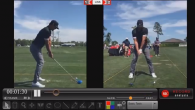
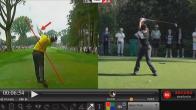

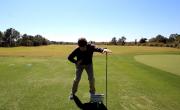
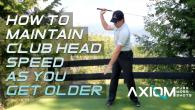
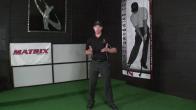
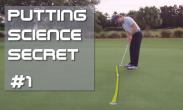
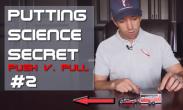
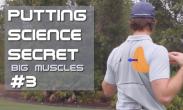
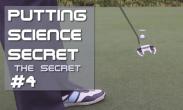
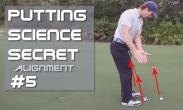
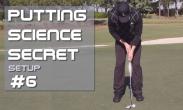
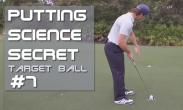
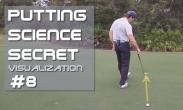

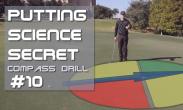
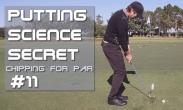
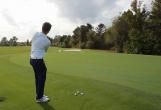

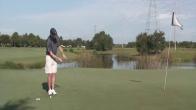
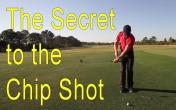
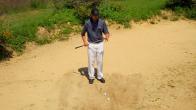
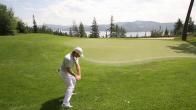
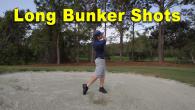
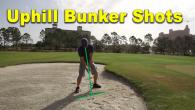
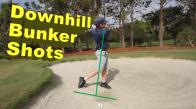
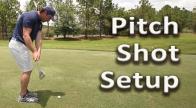
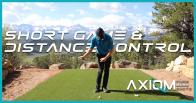
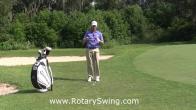
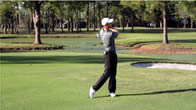
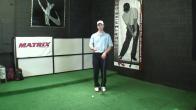
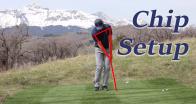

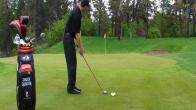
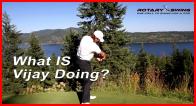





Asle
Craig (Certified RST Instructor)
Joe
Chuck
Anthony
Chuck
L
Chuck
Timothy
Chuck
Christopher
Chuck
Christian
Chuck
Everett
Chuck
Joshua
Chuck
Joshua
Chuck
Joshua
Chuck
Joshua
Ron
Chuck
Steve
Chuck
Michael
Chuck
Michael
RJ
Chuck
William
Chuck
William
Robert
Chuck
Robert
Chuck
Robert
Ron
Chuck
Venkatesh
Chuck
Ron
Chuck
Steve
Chuck
Matt
Chuck
Marcel (Certified RST Instructor)
Chuck
Anthony
Chuck